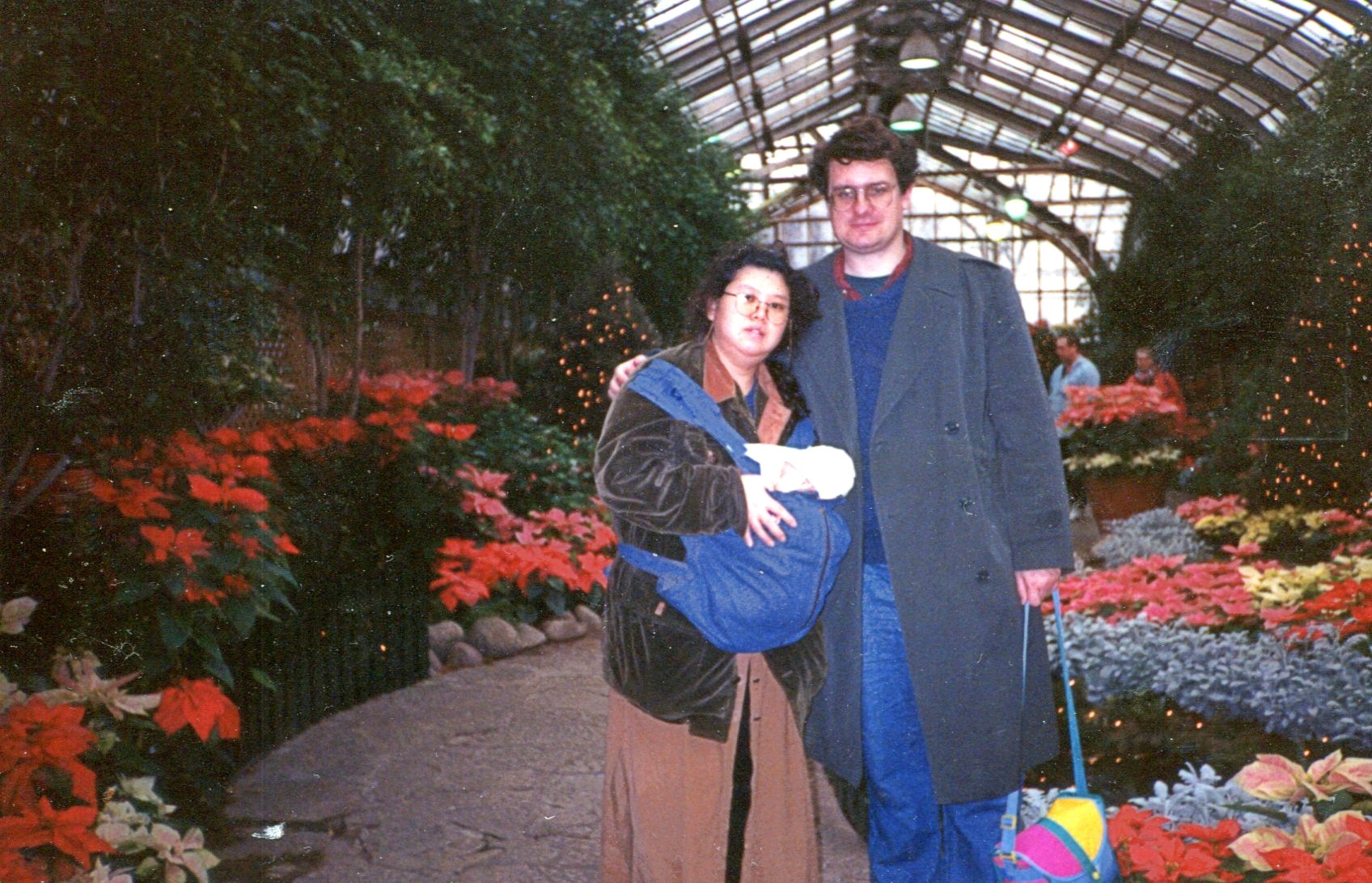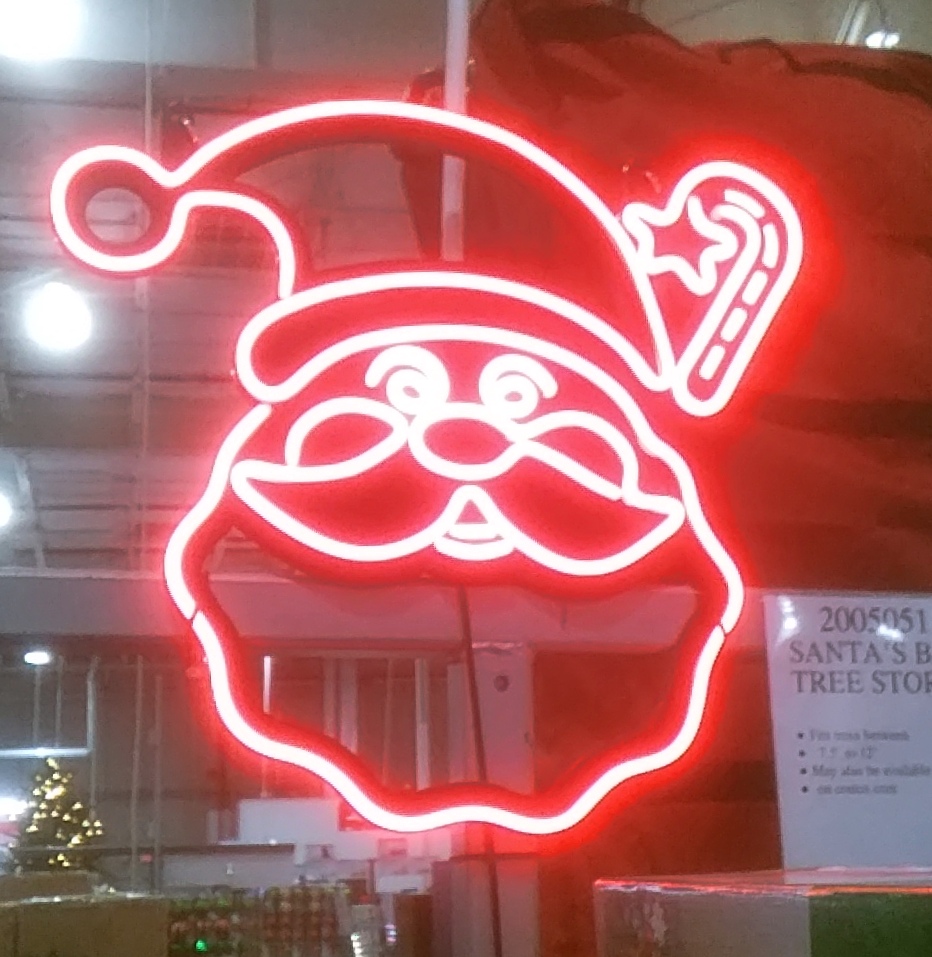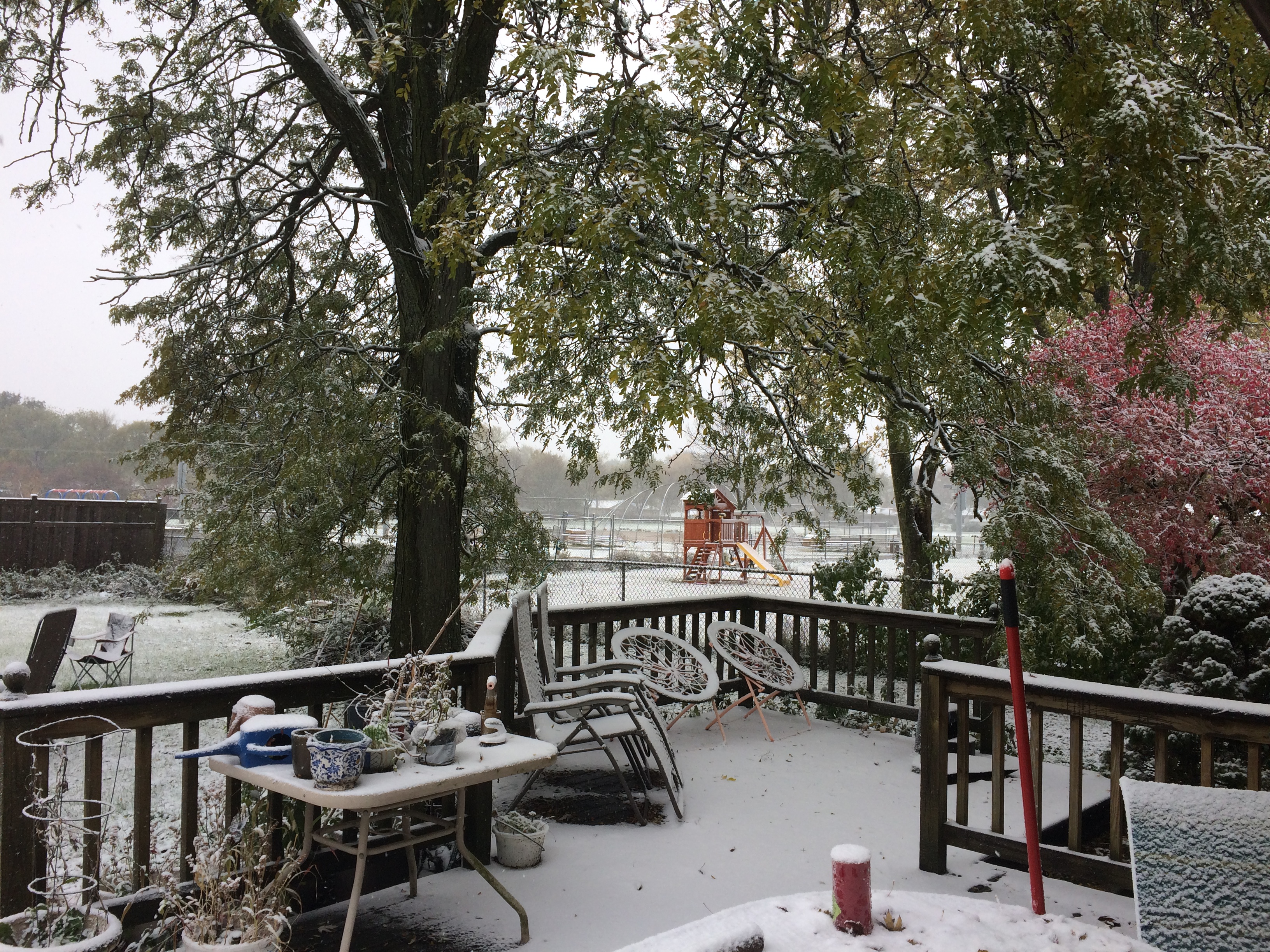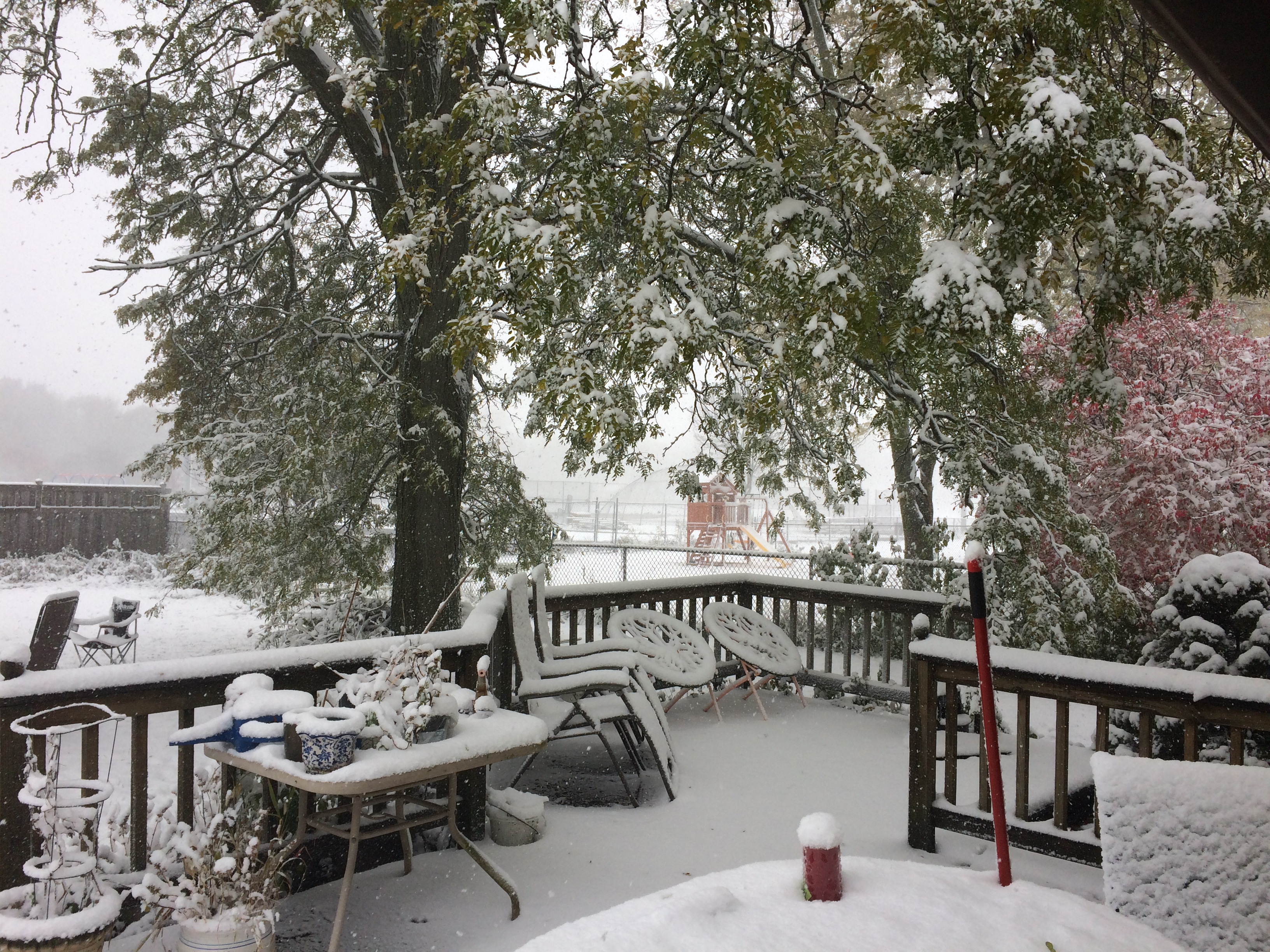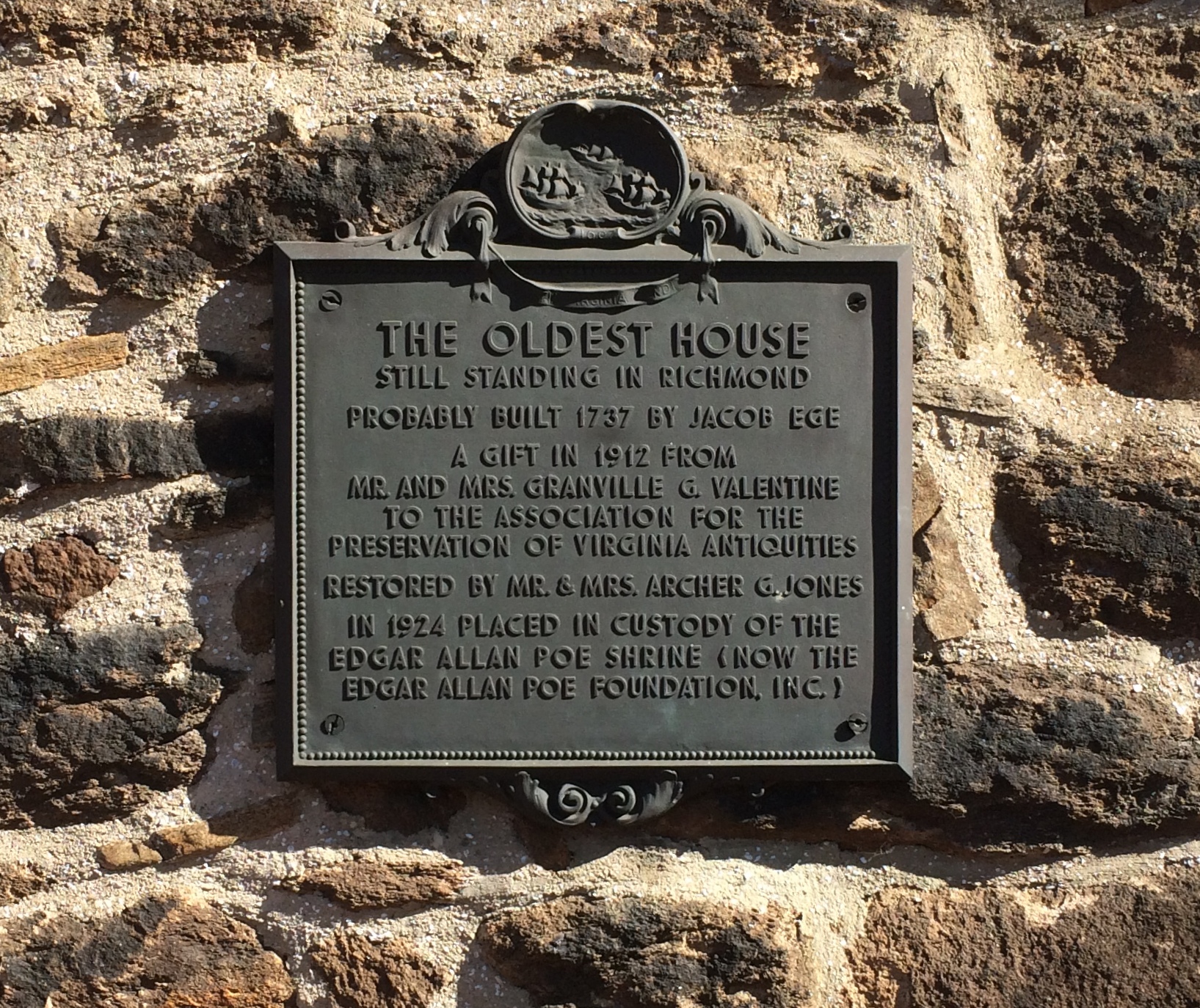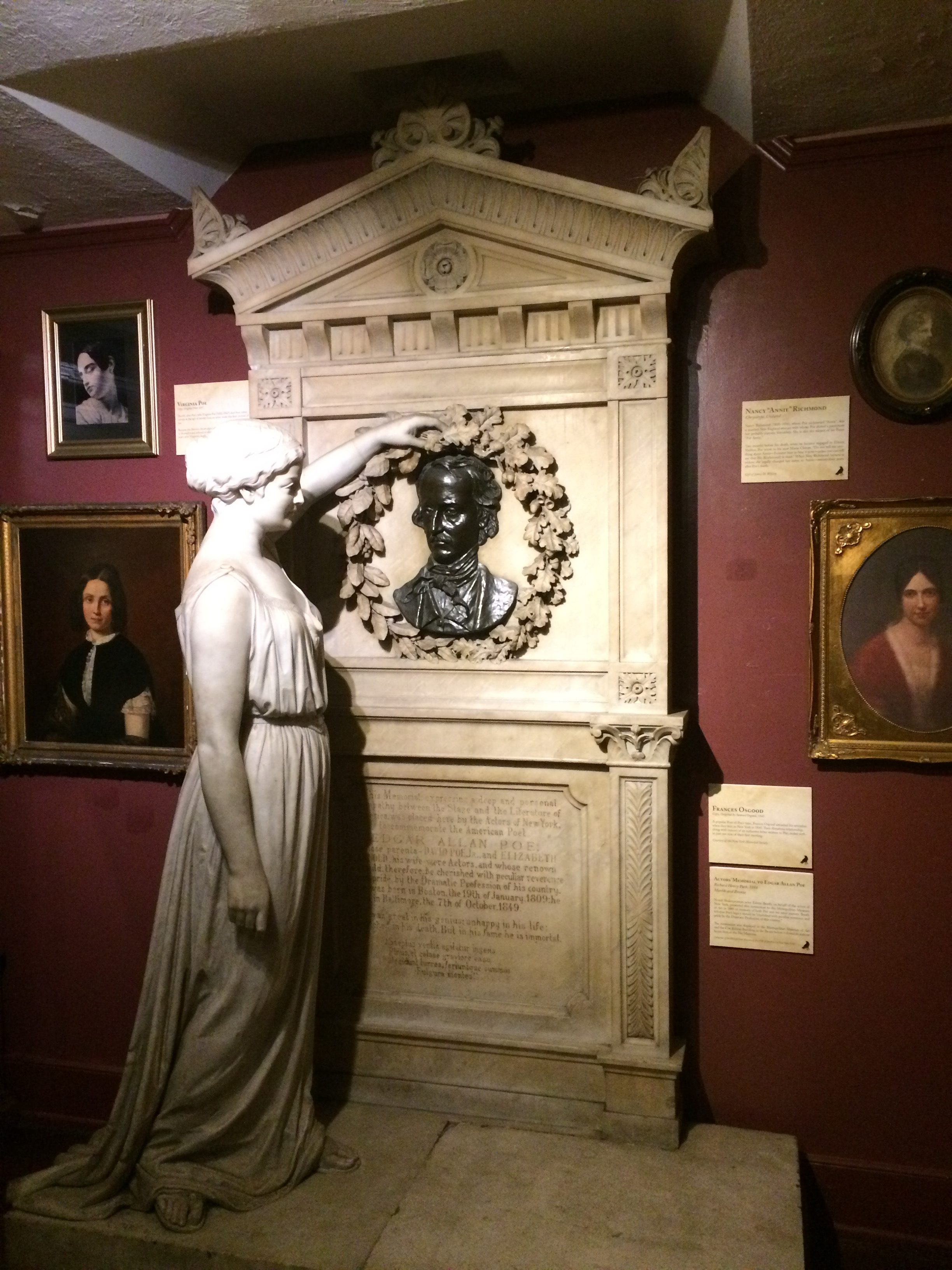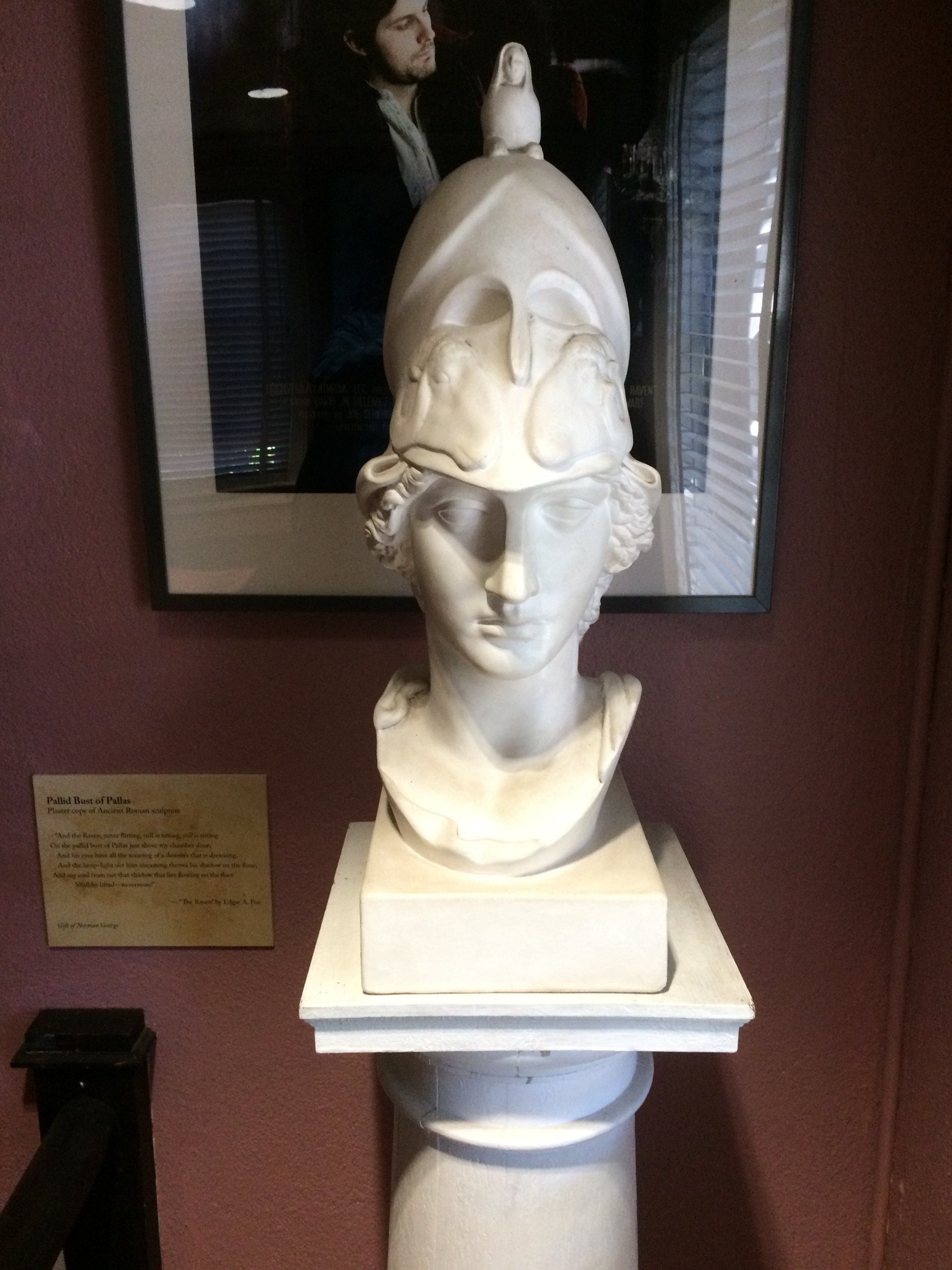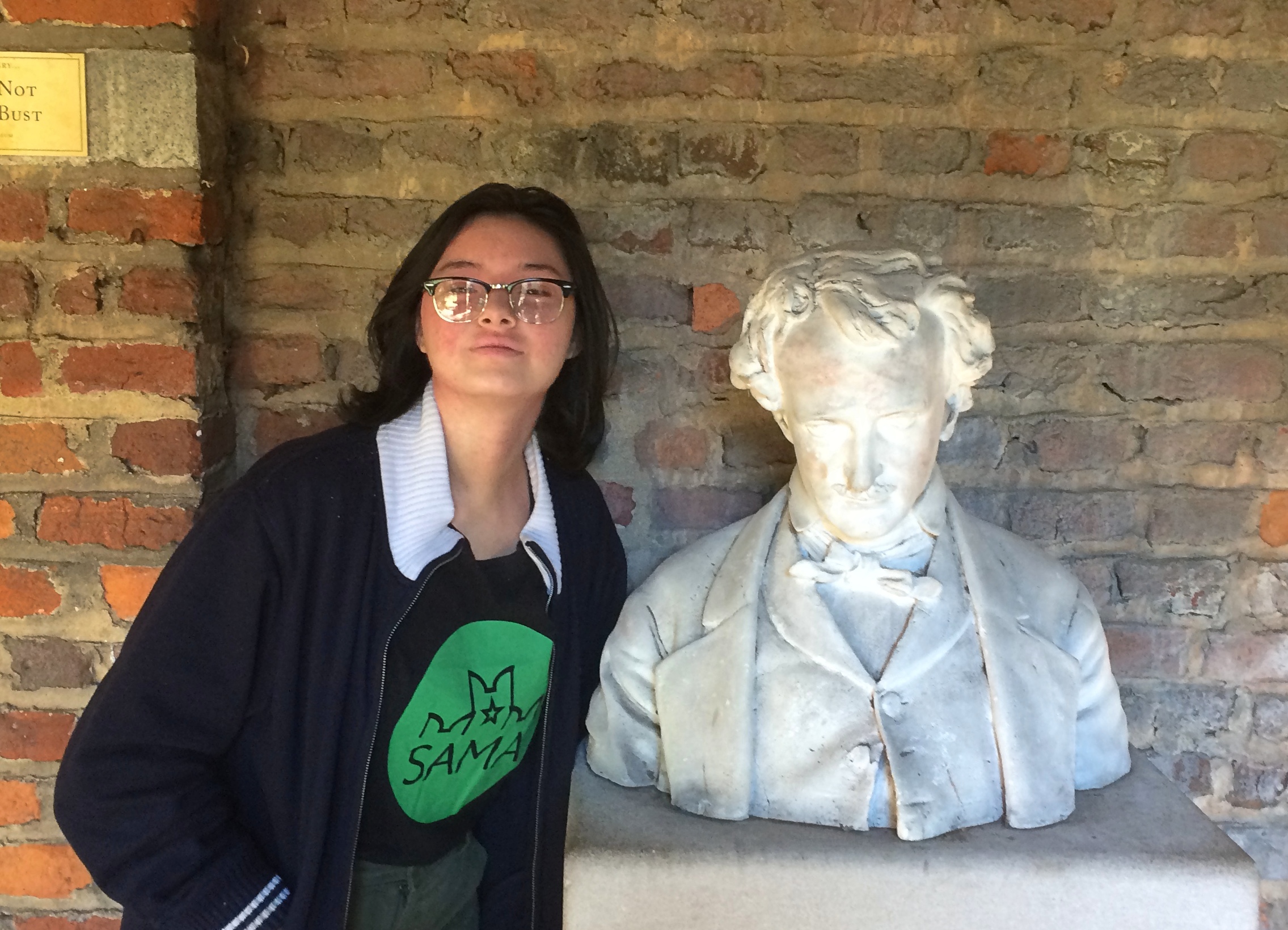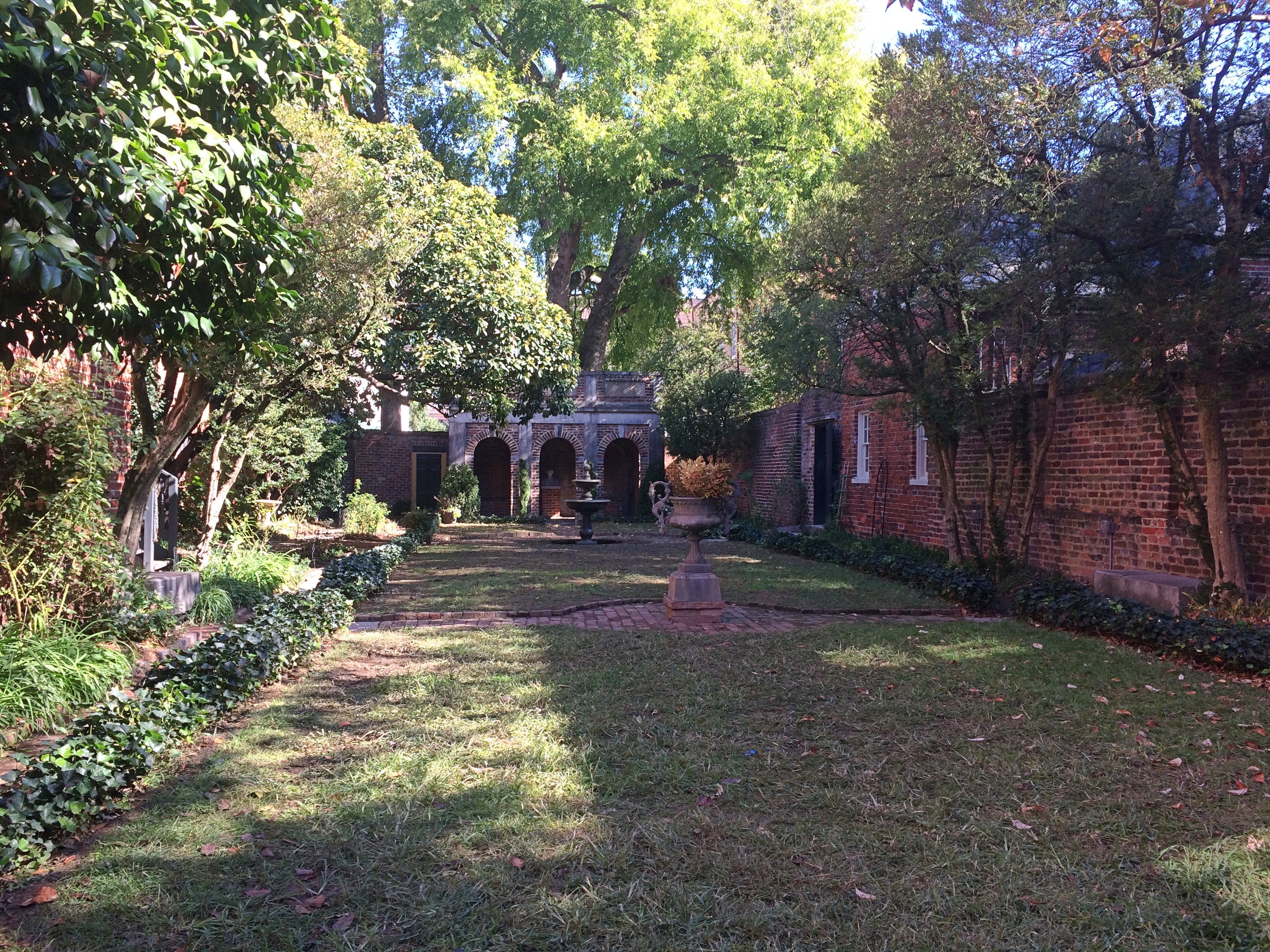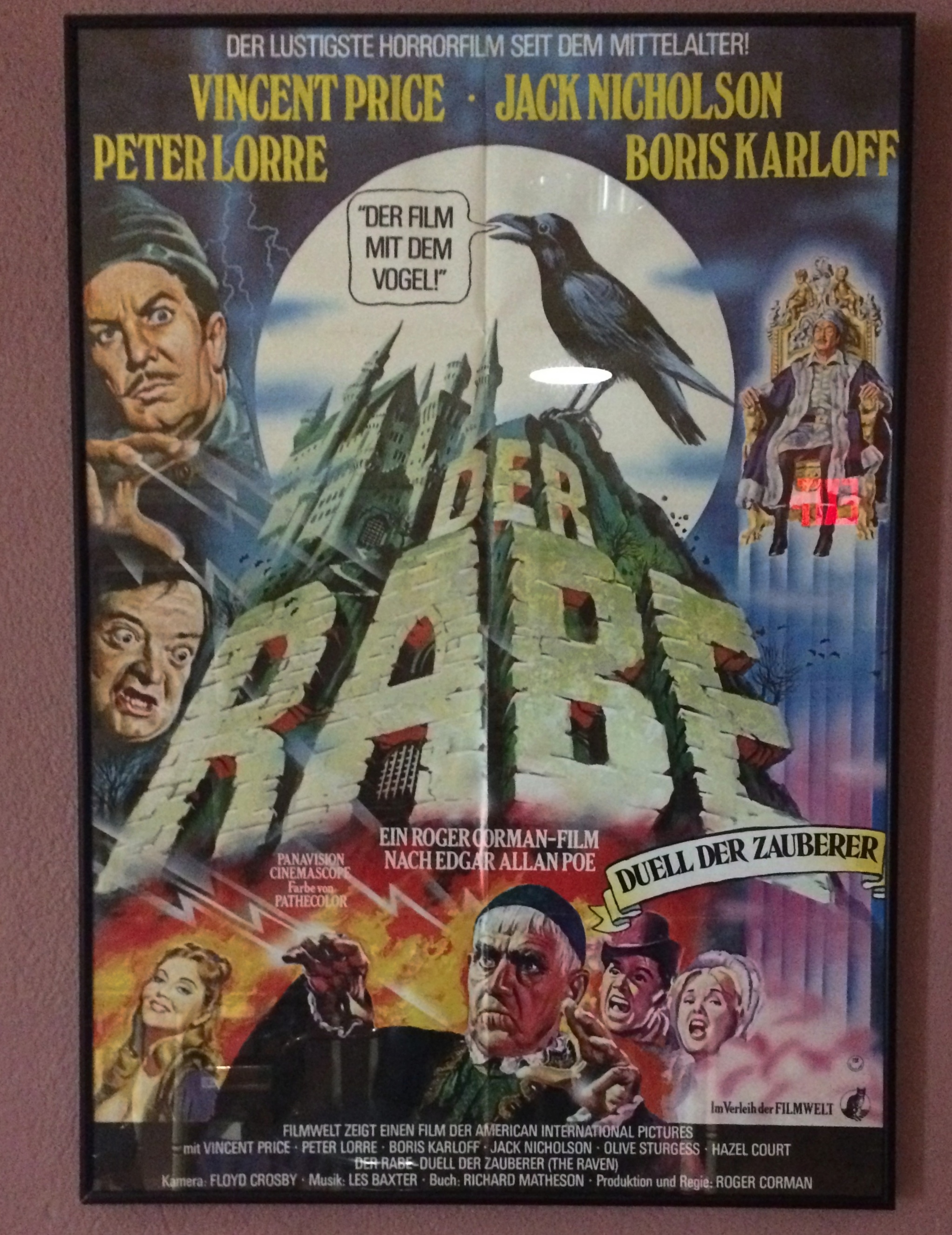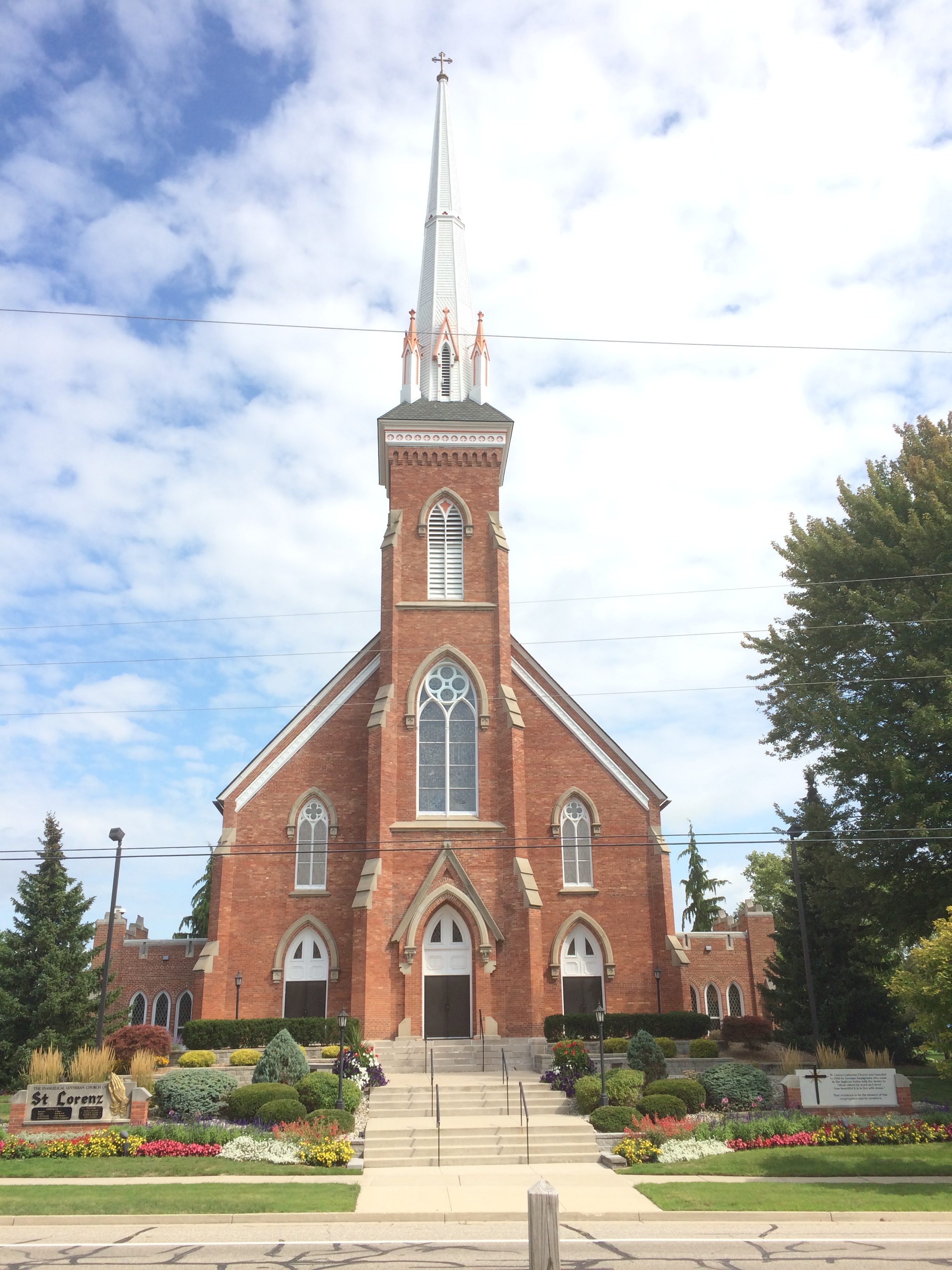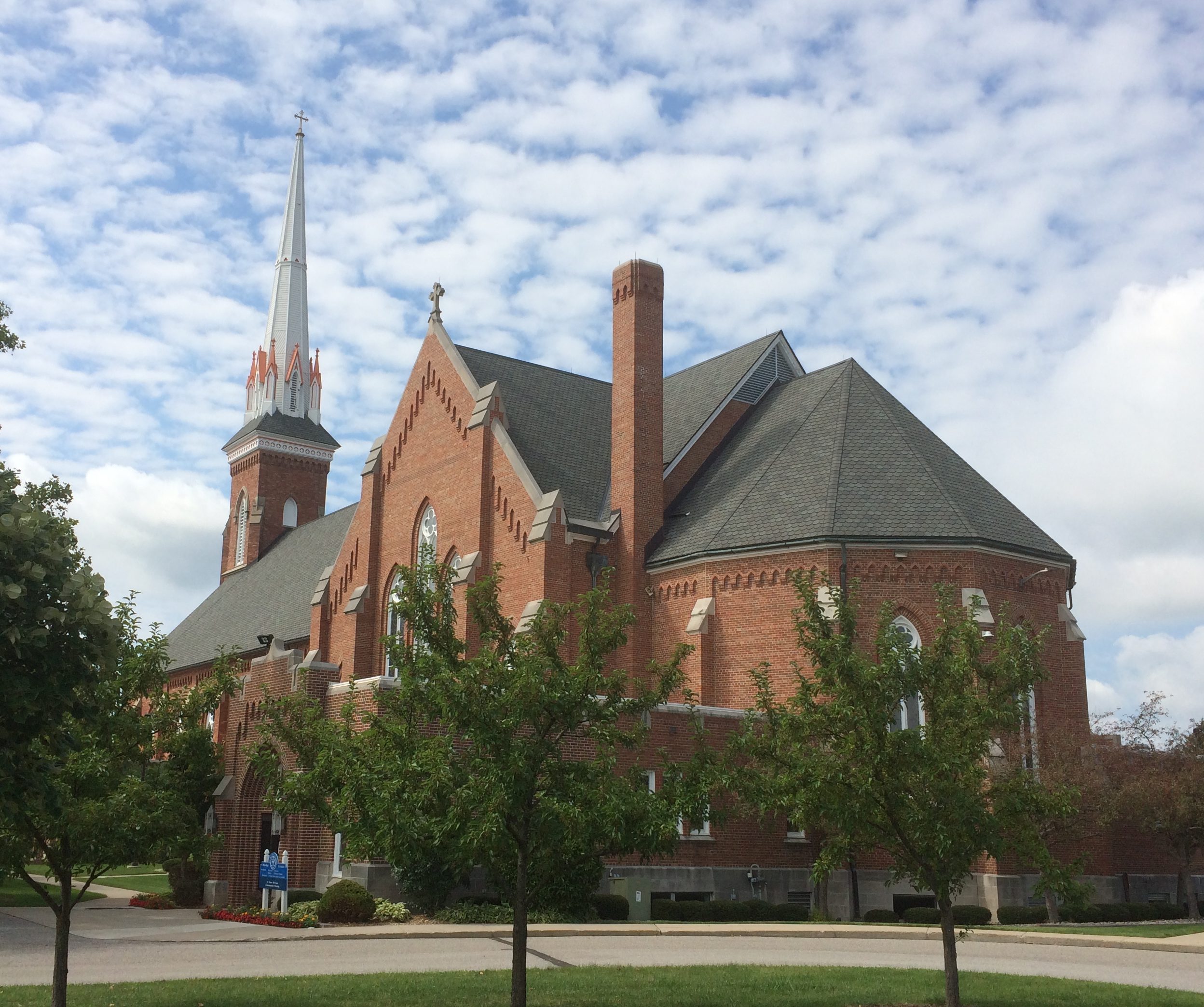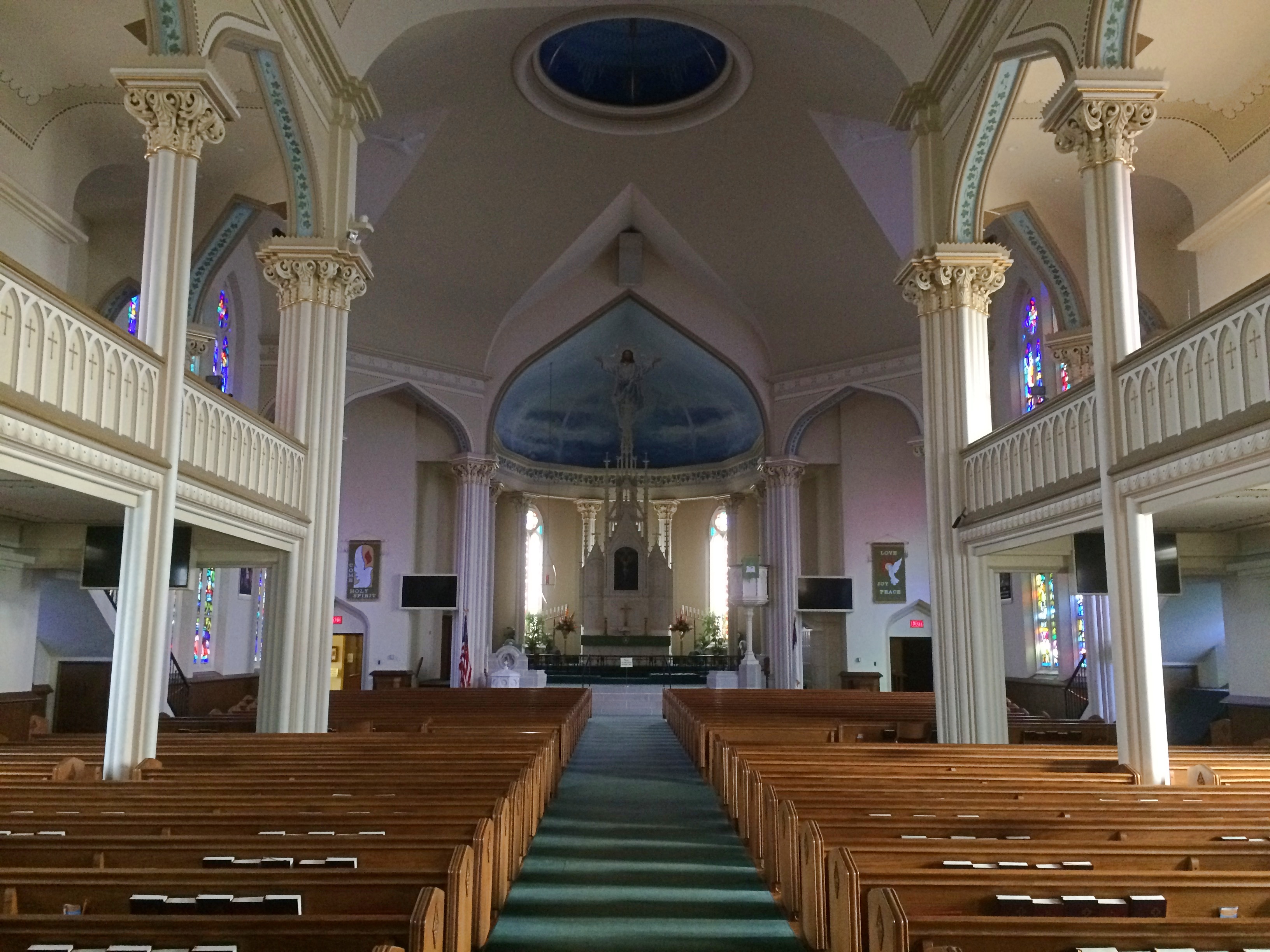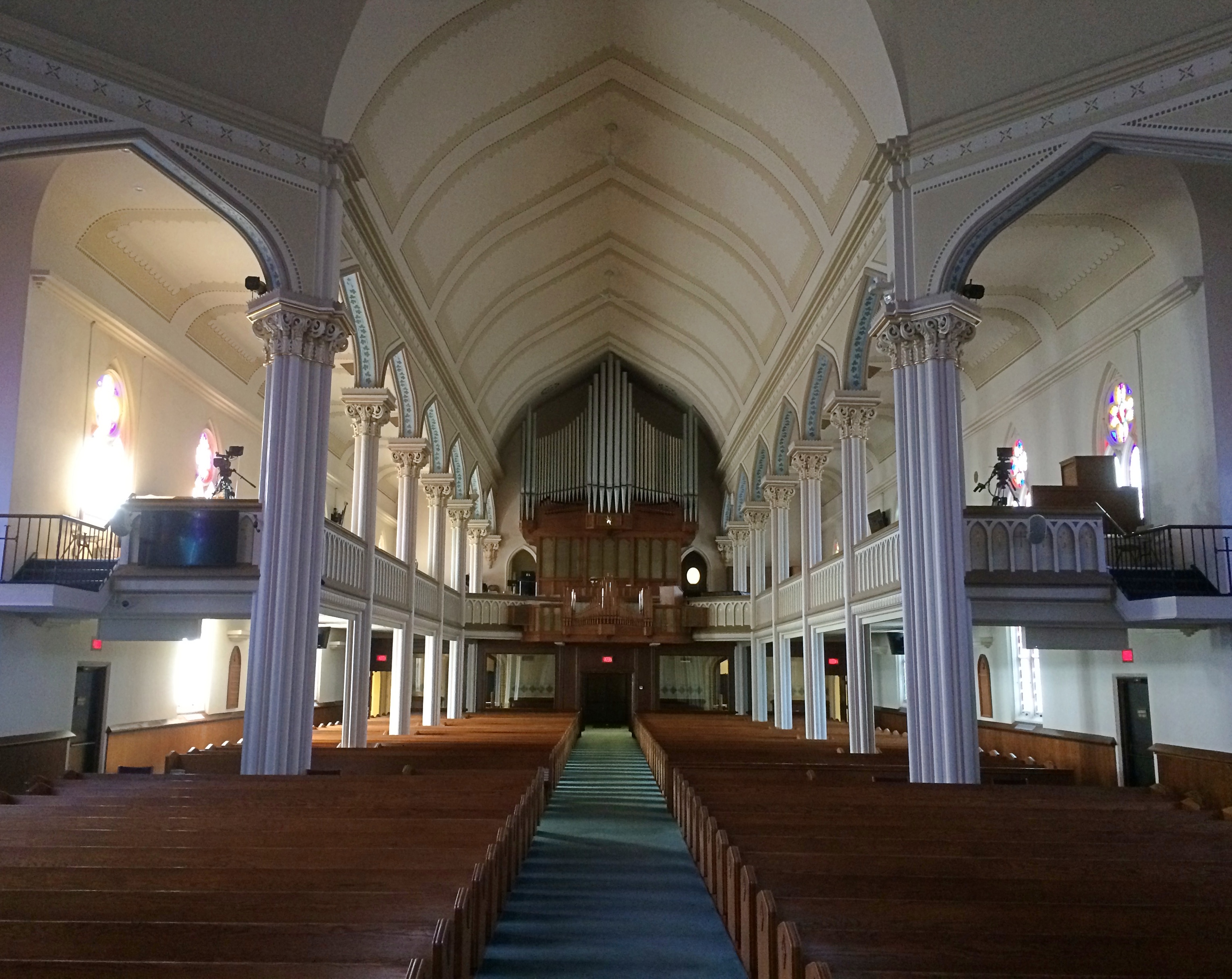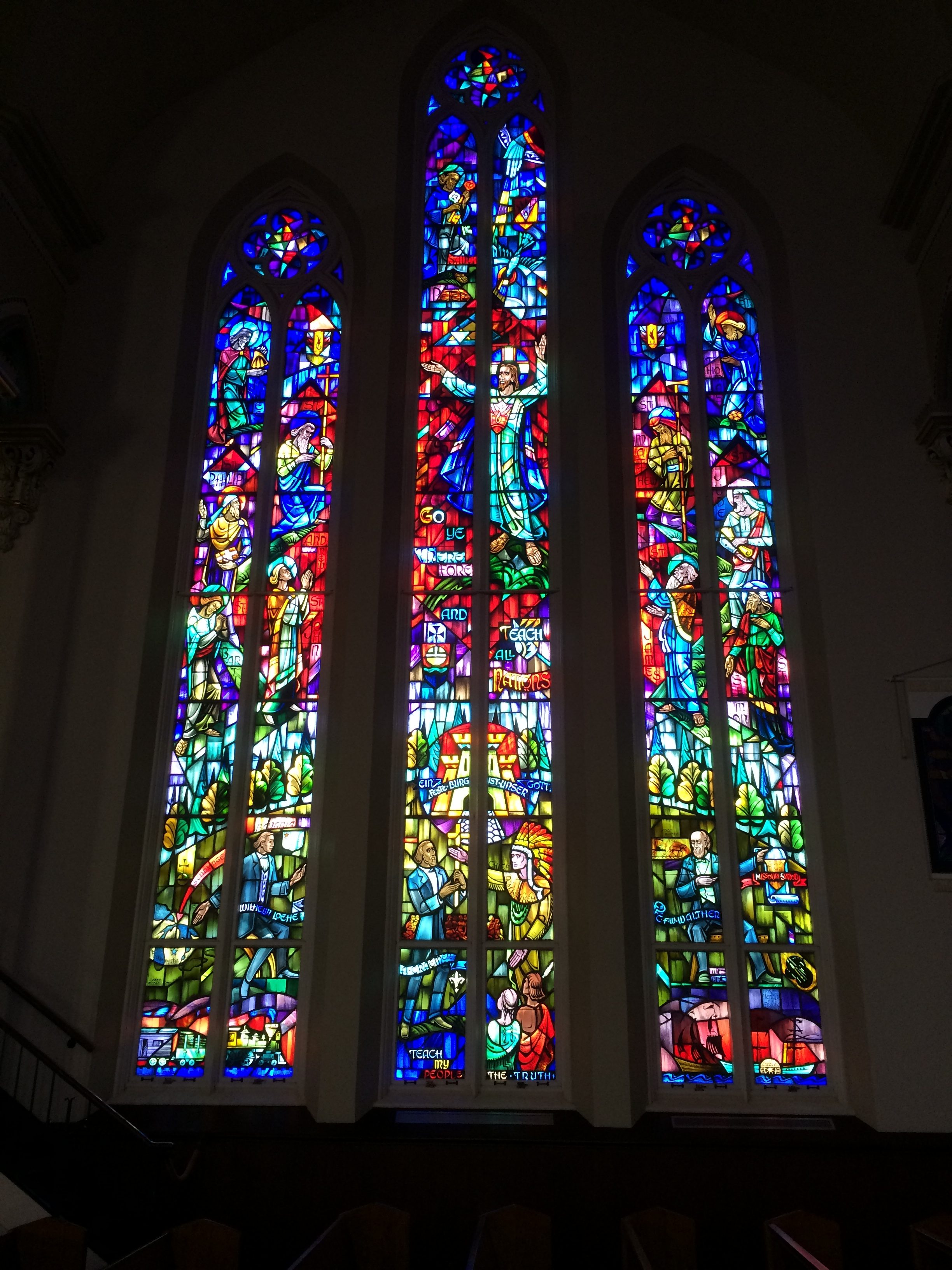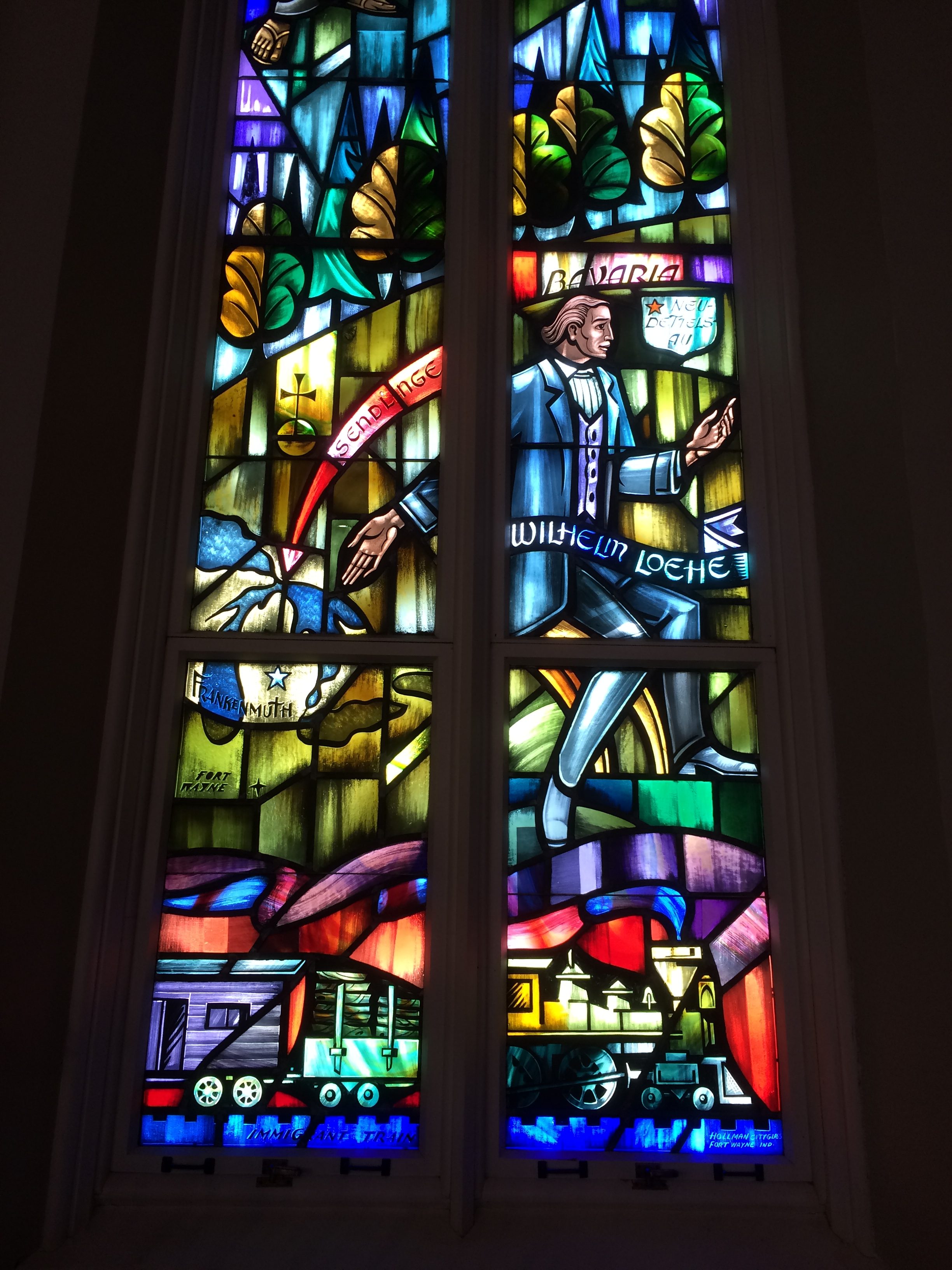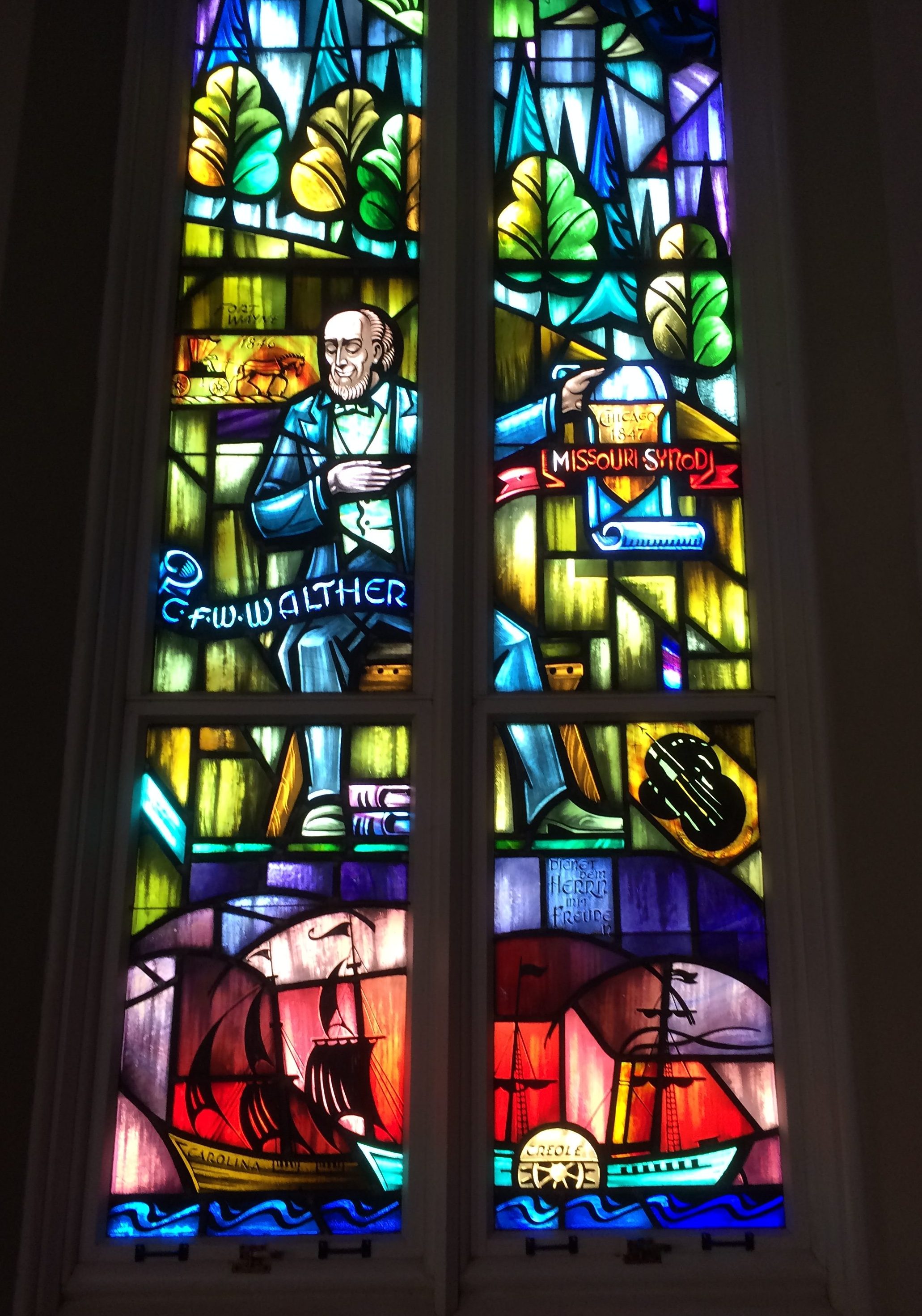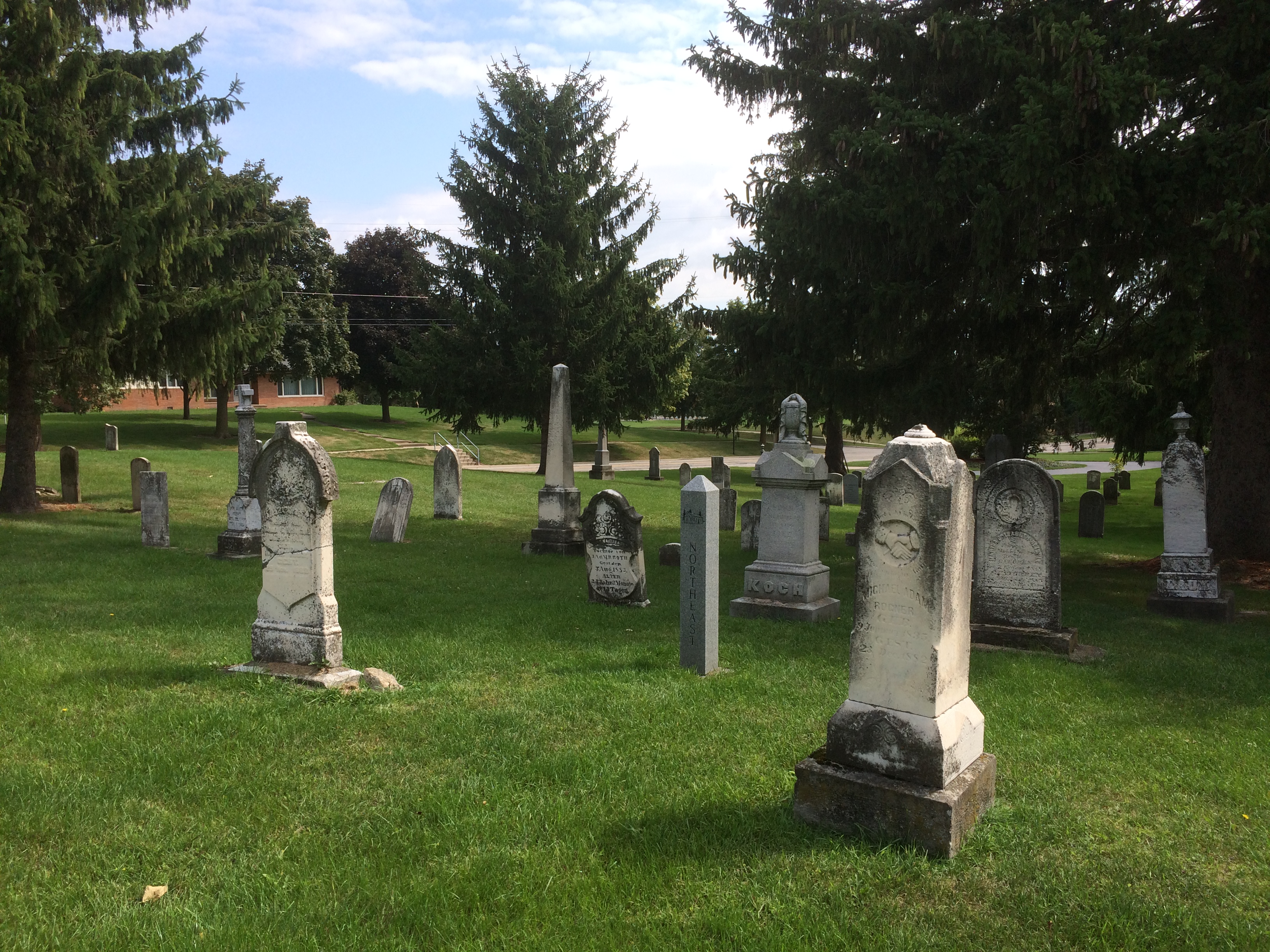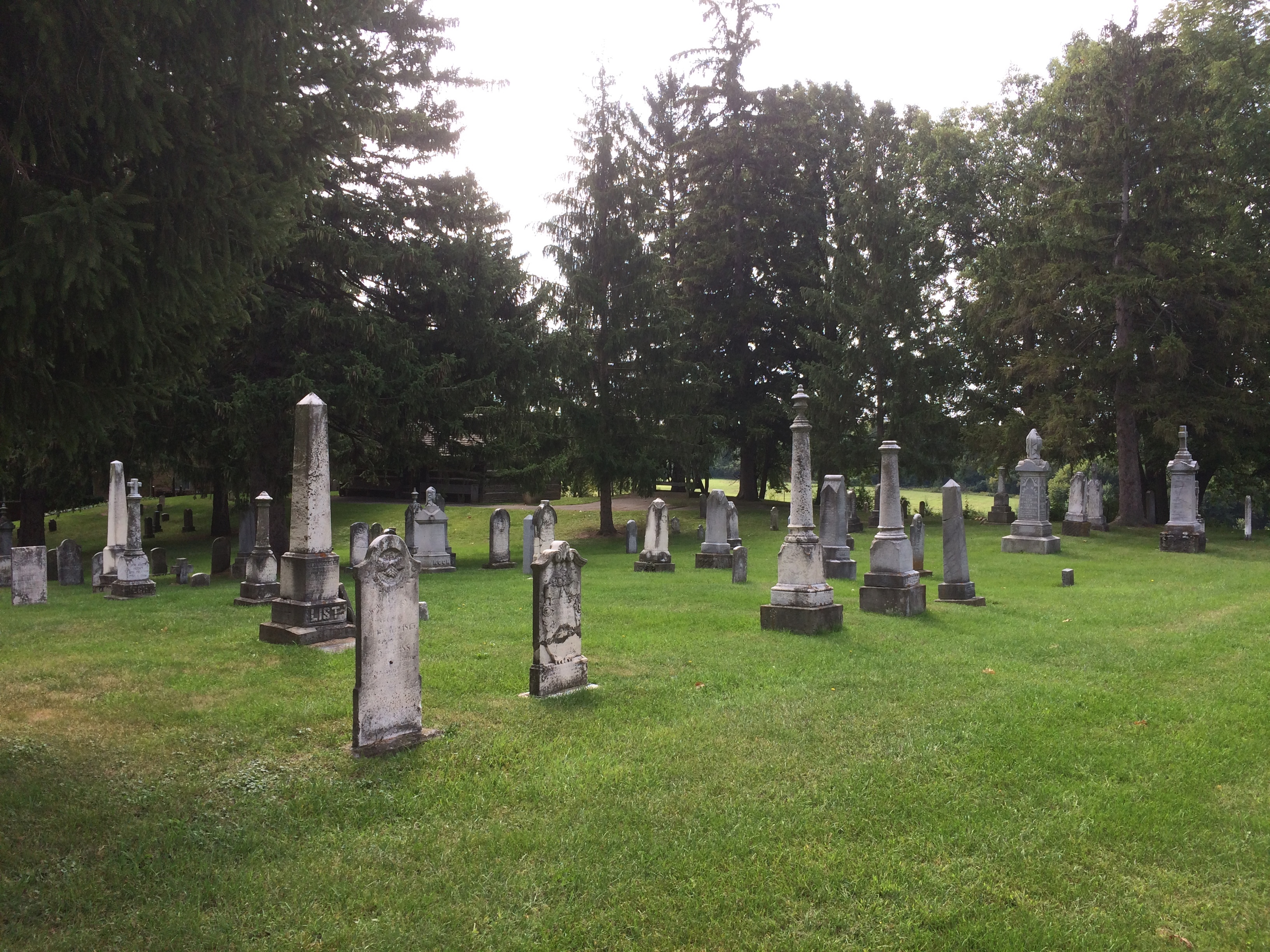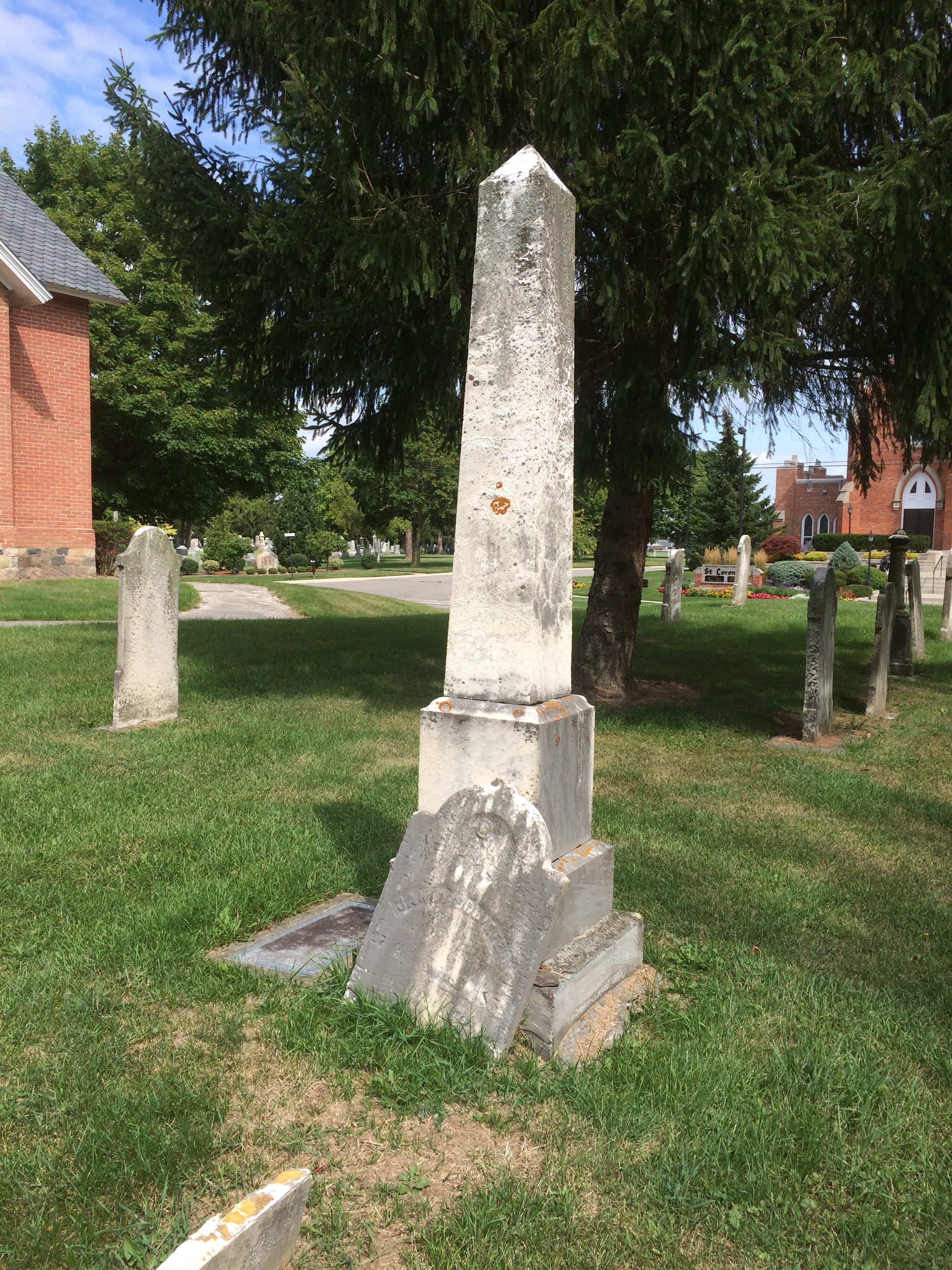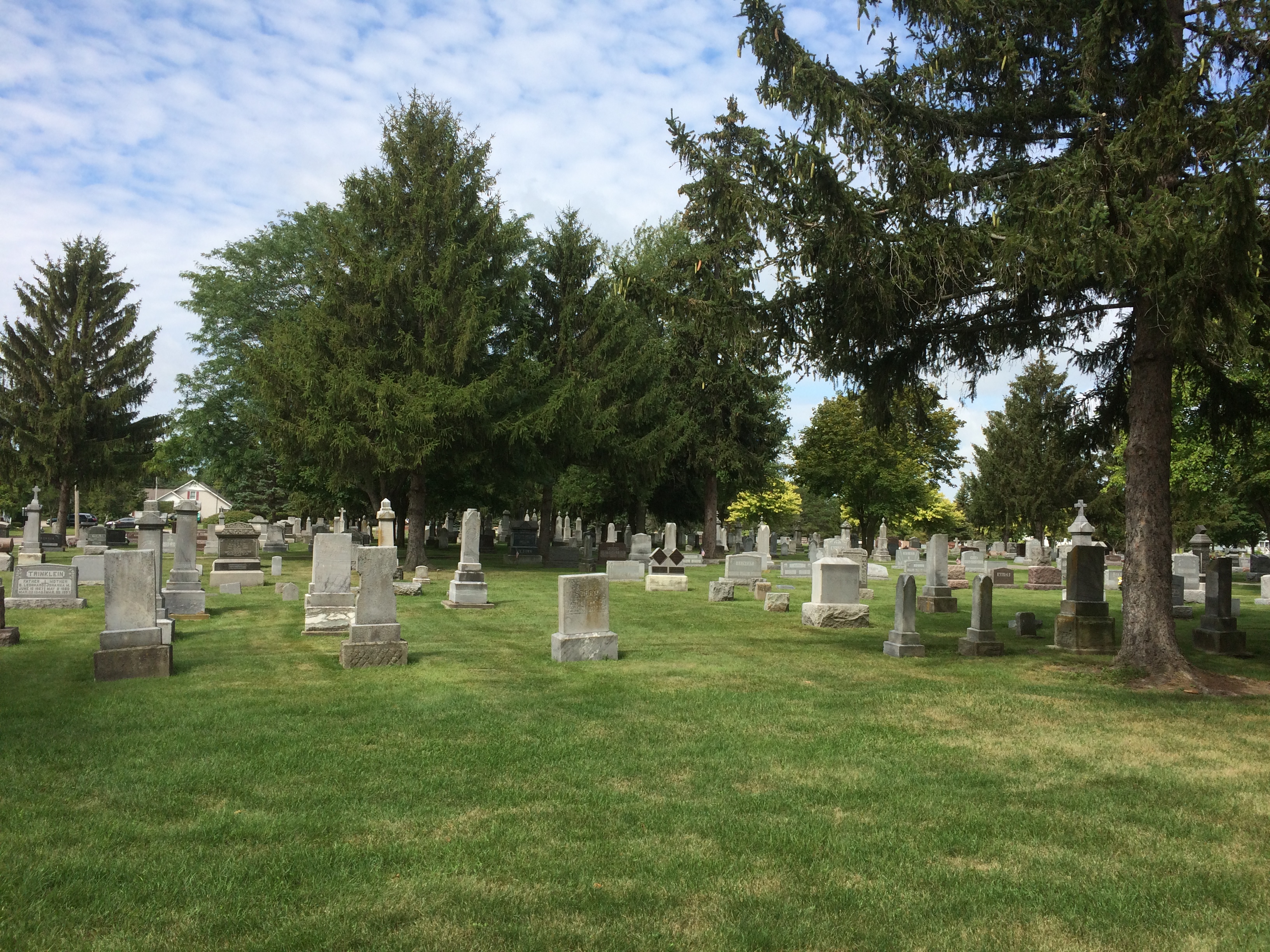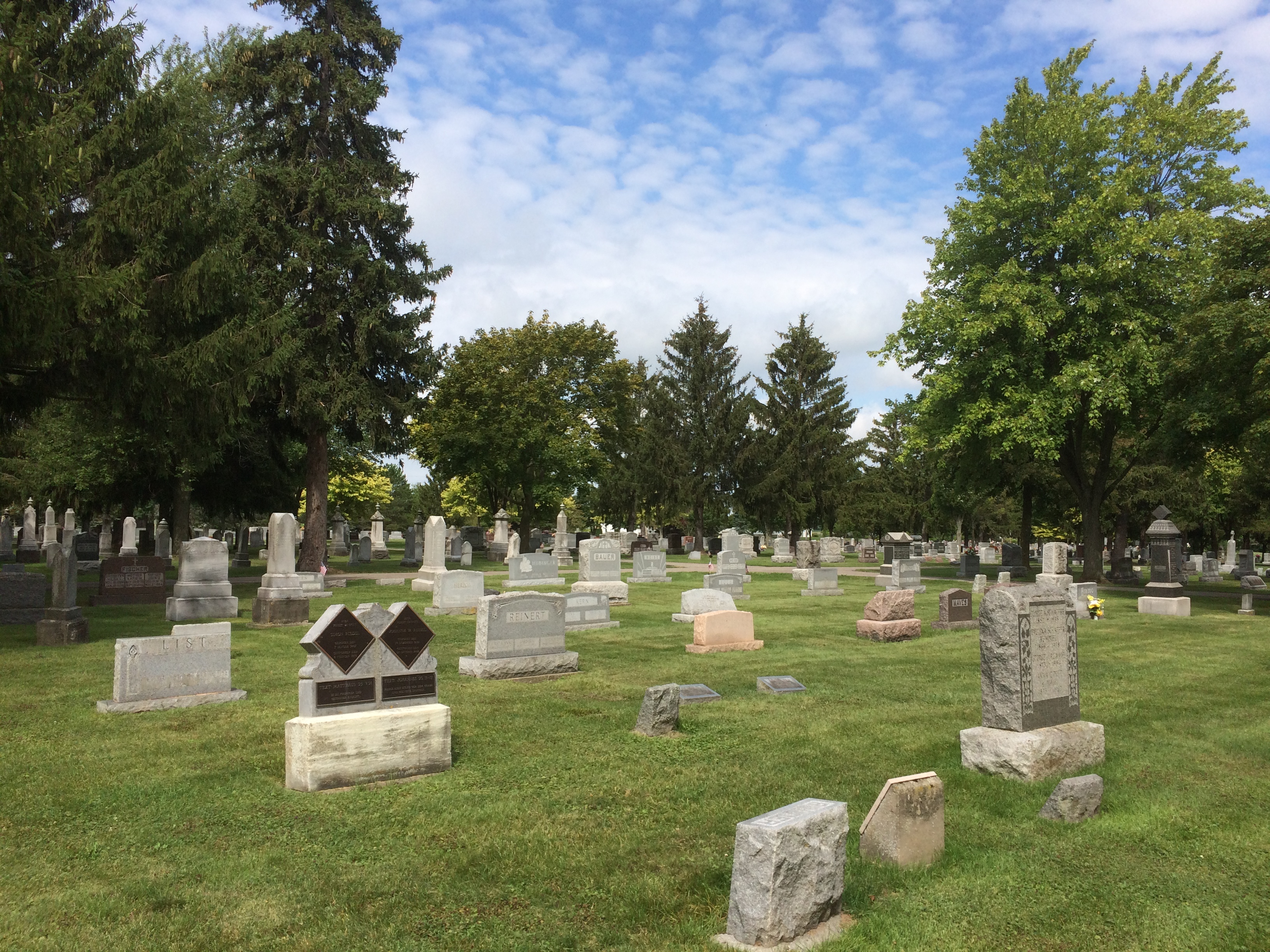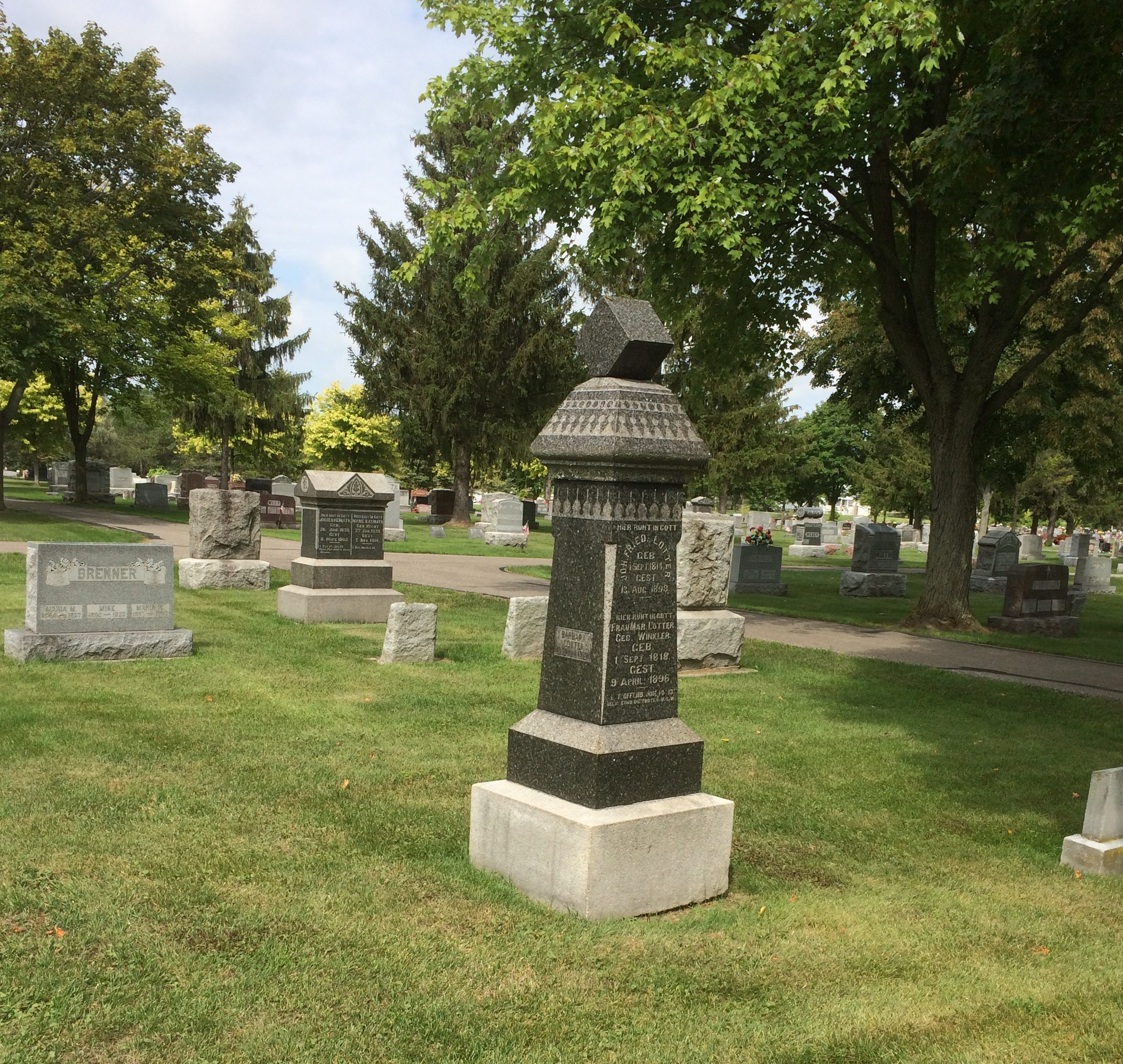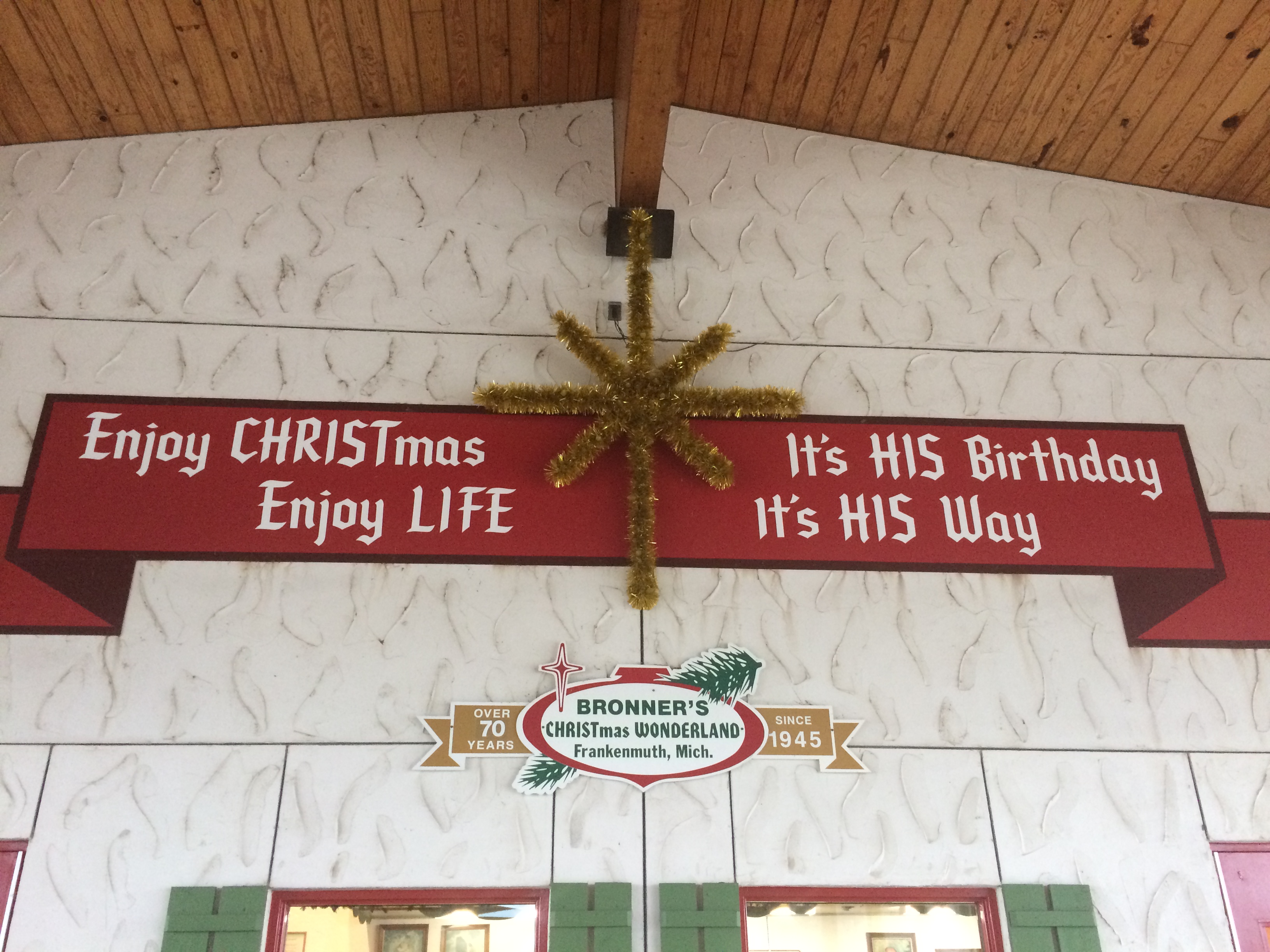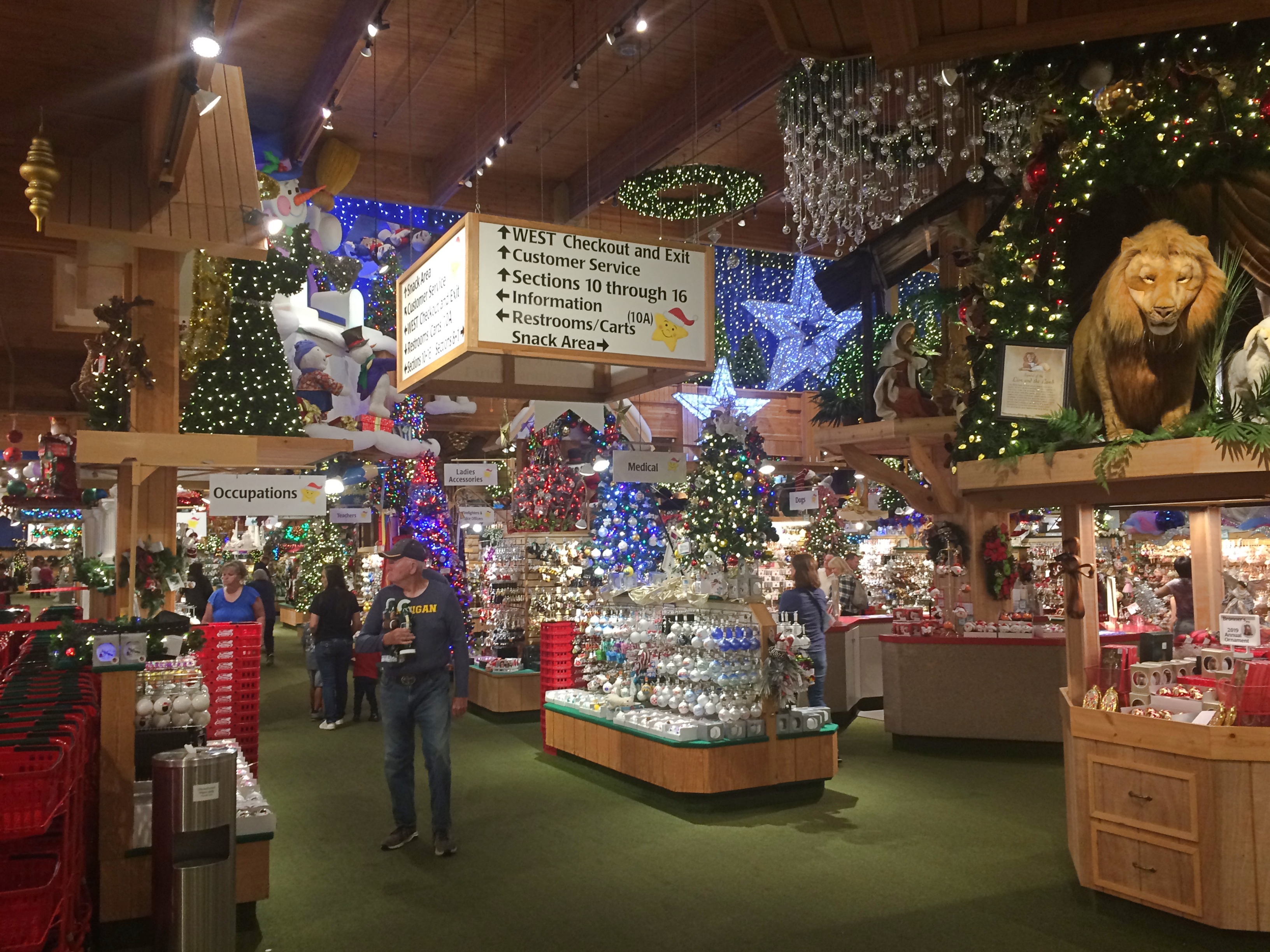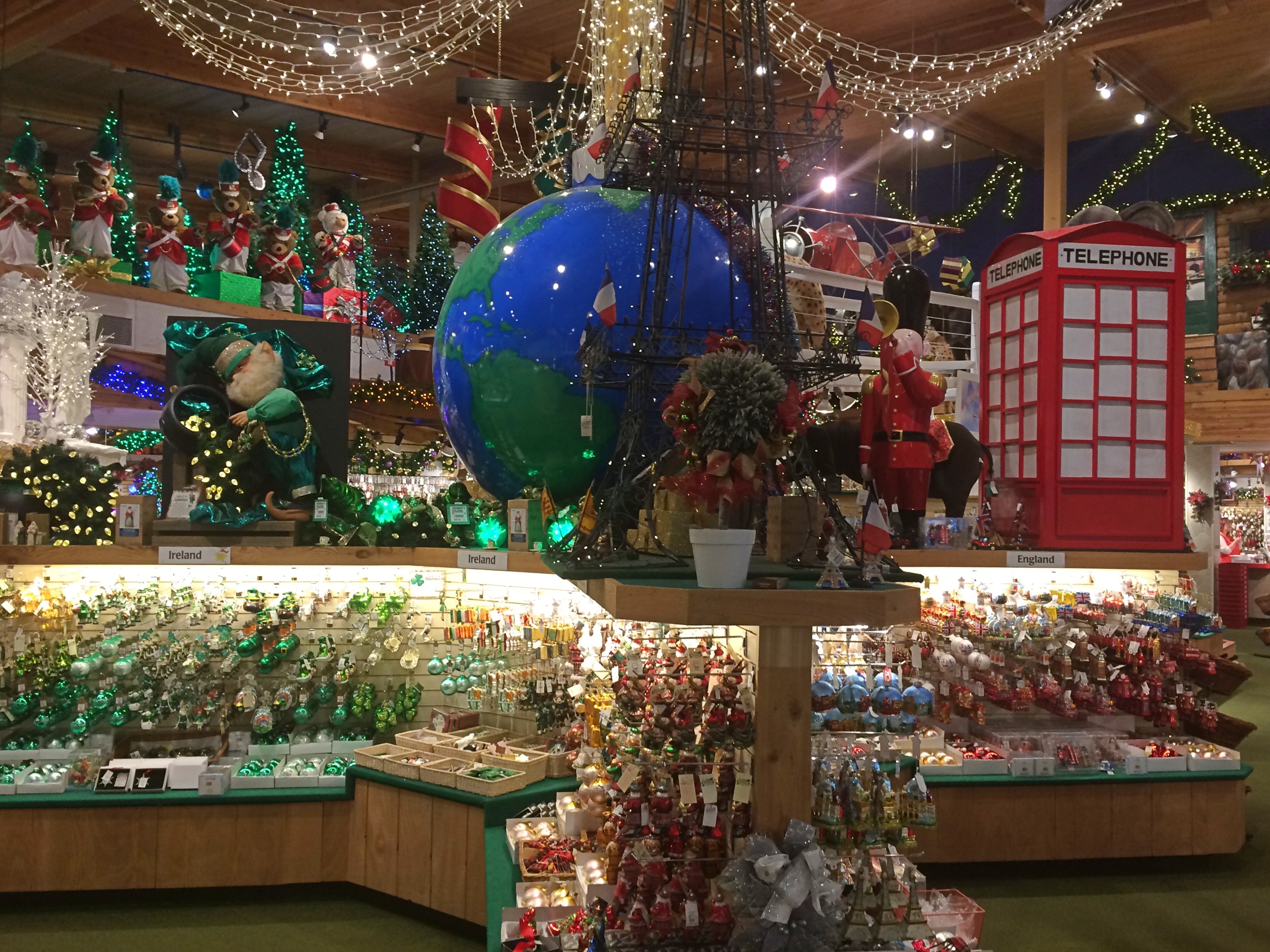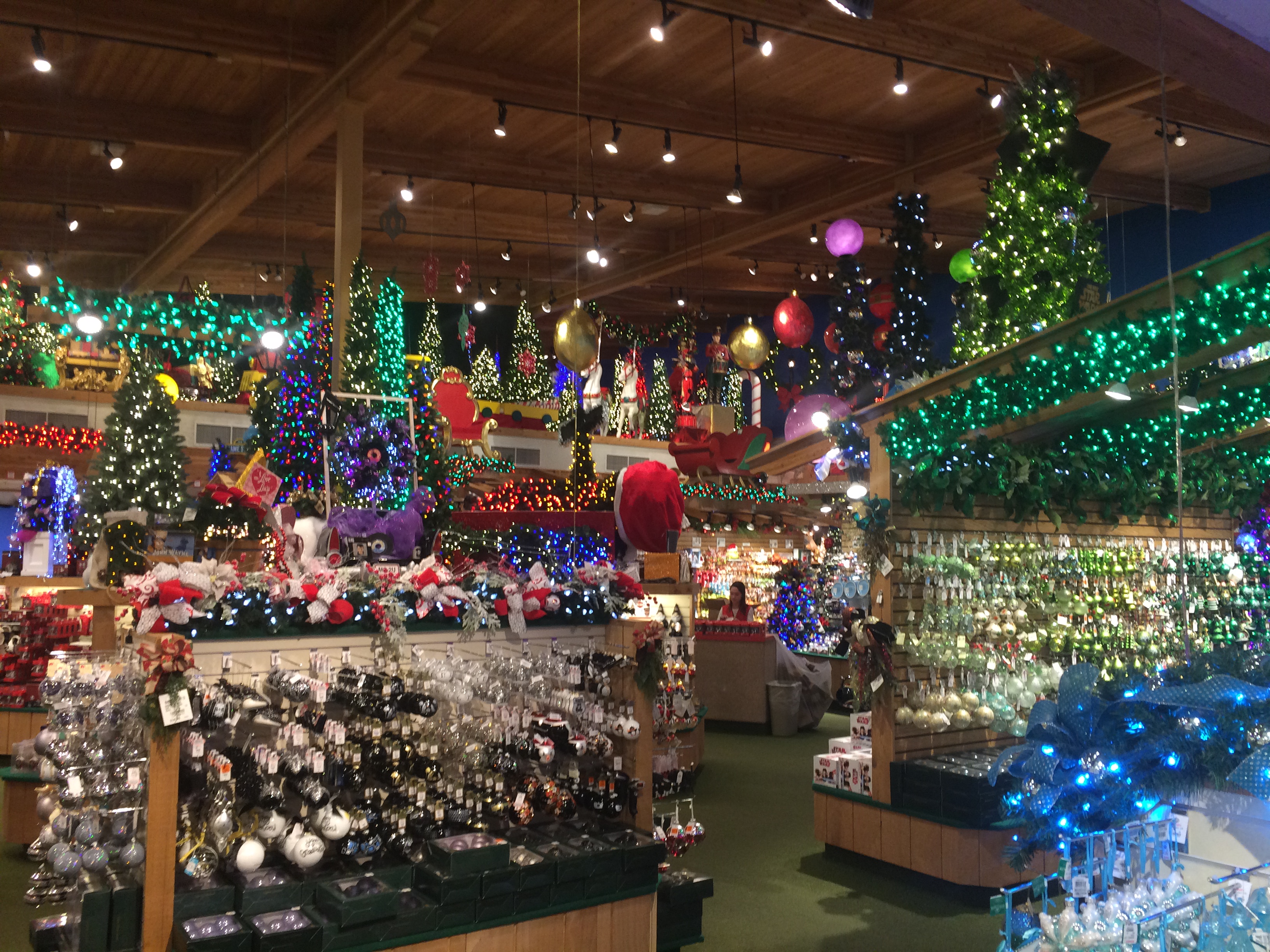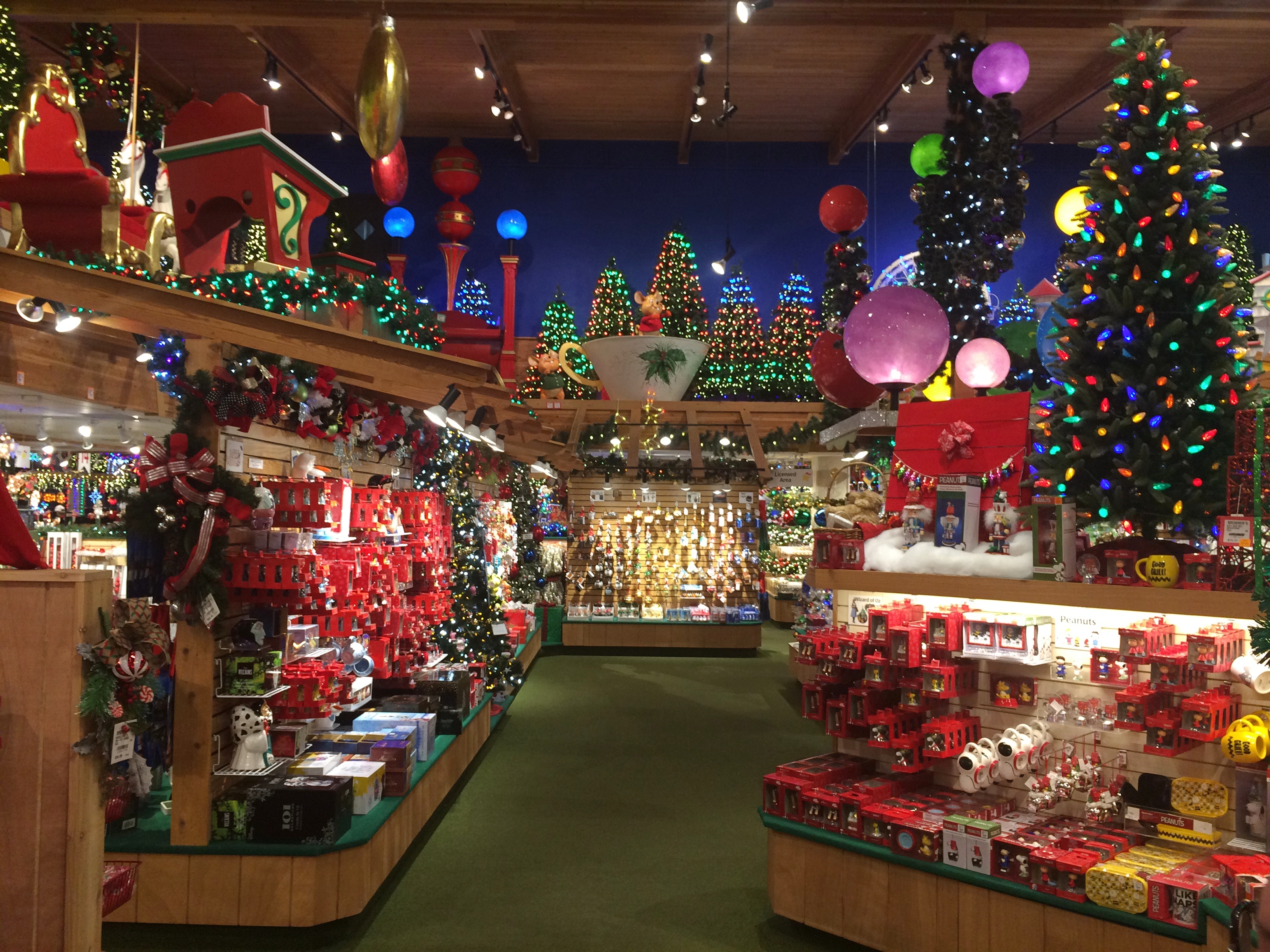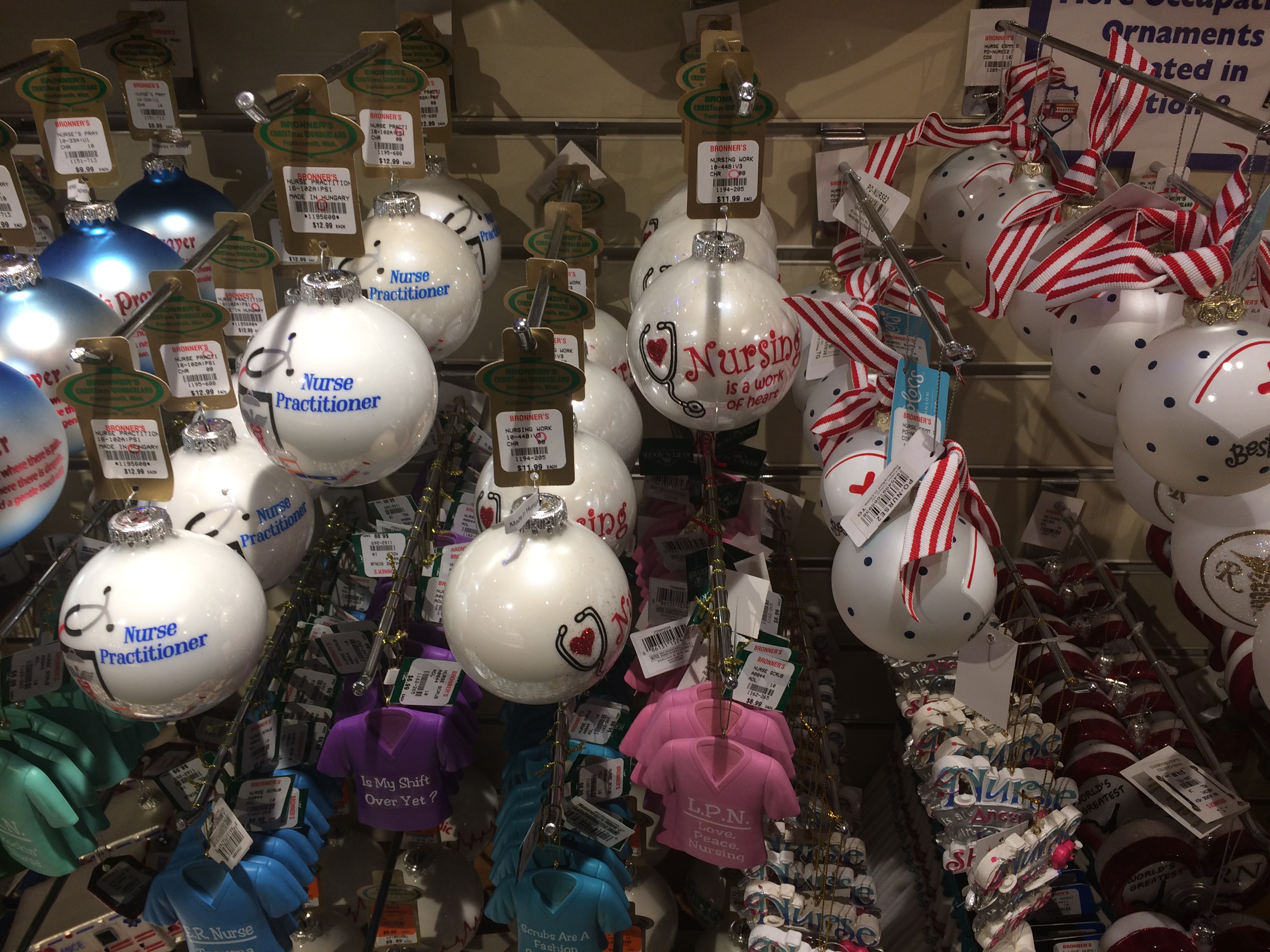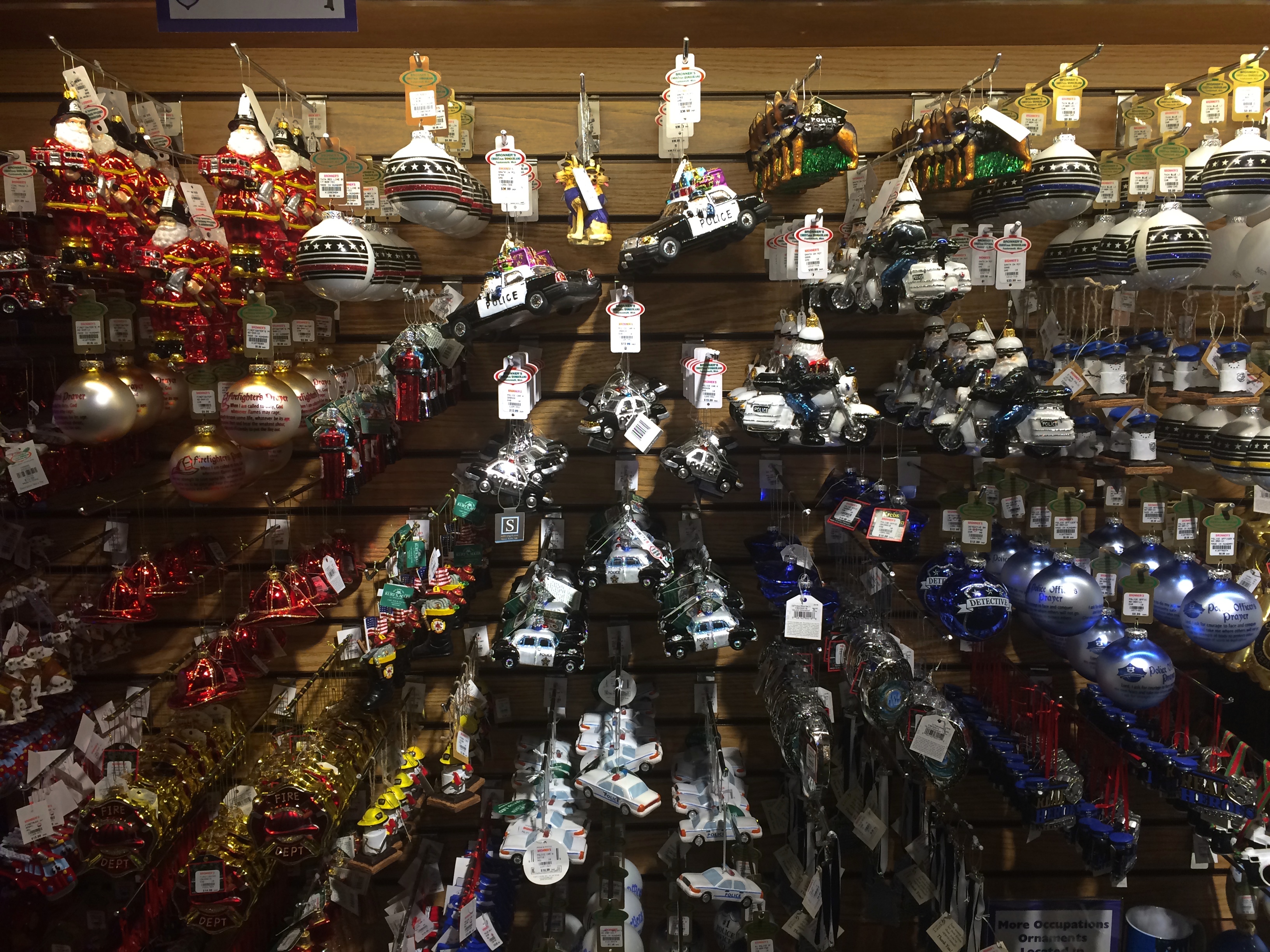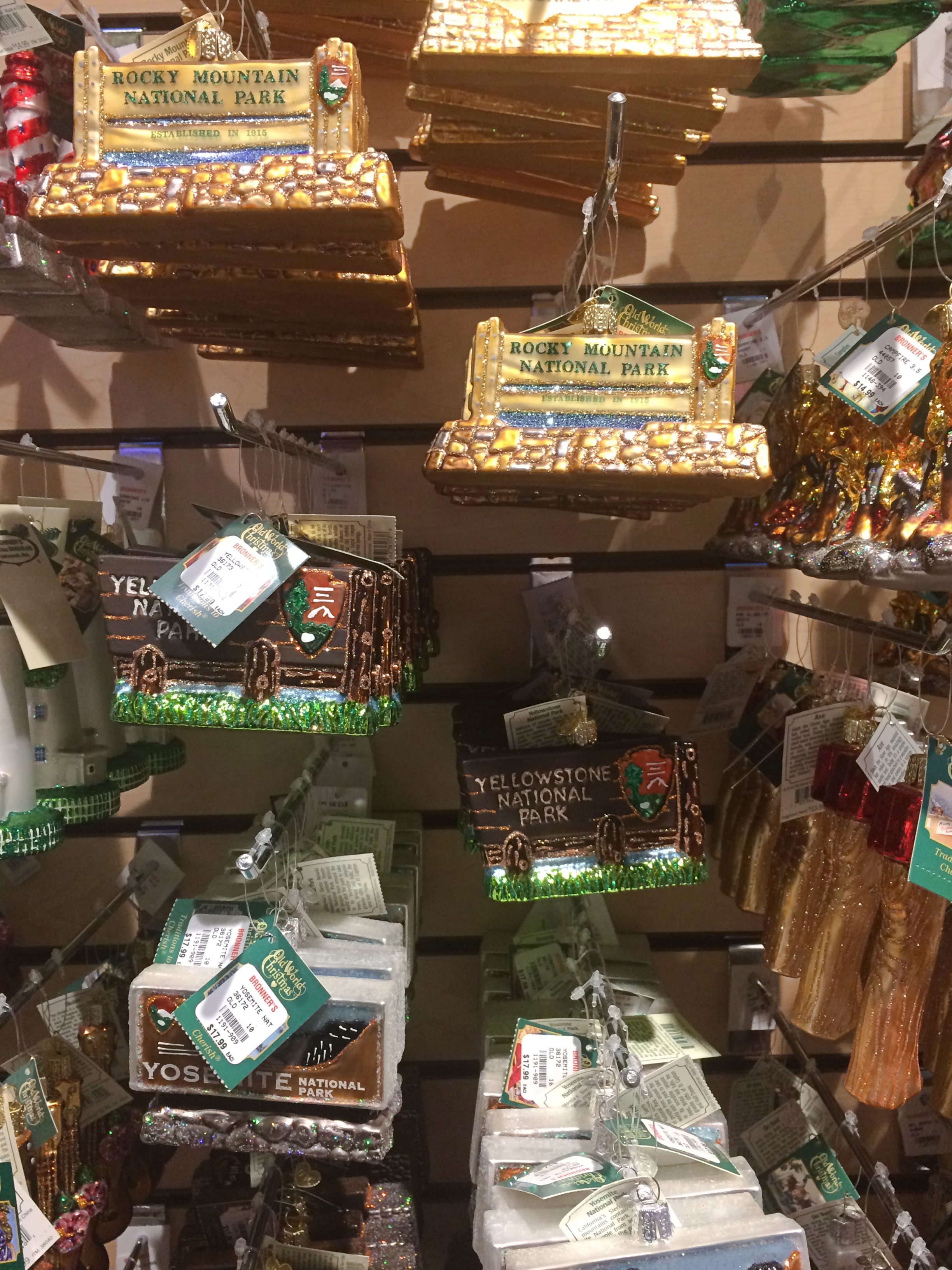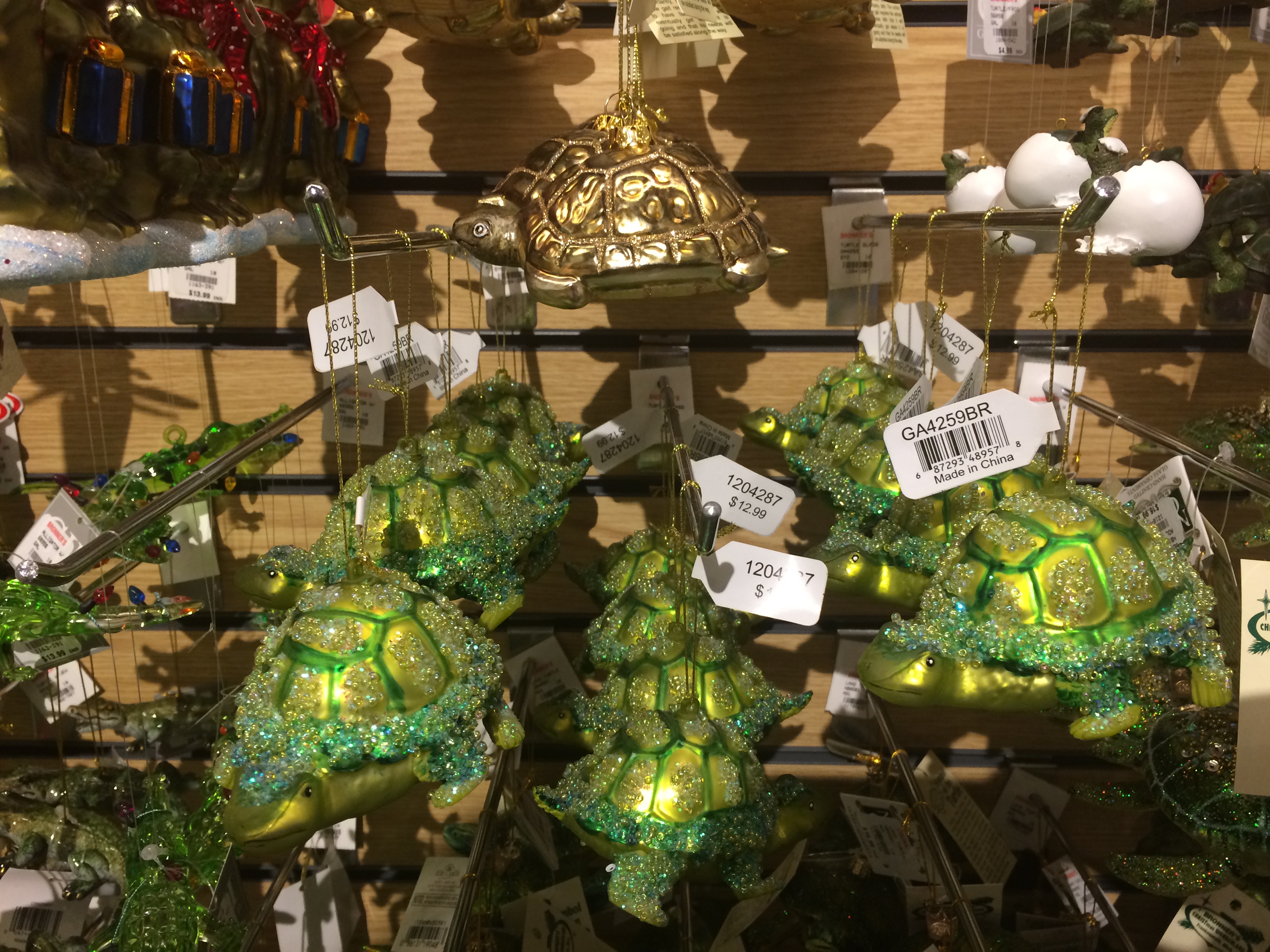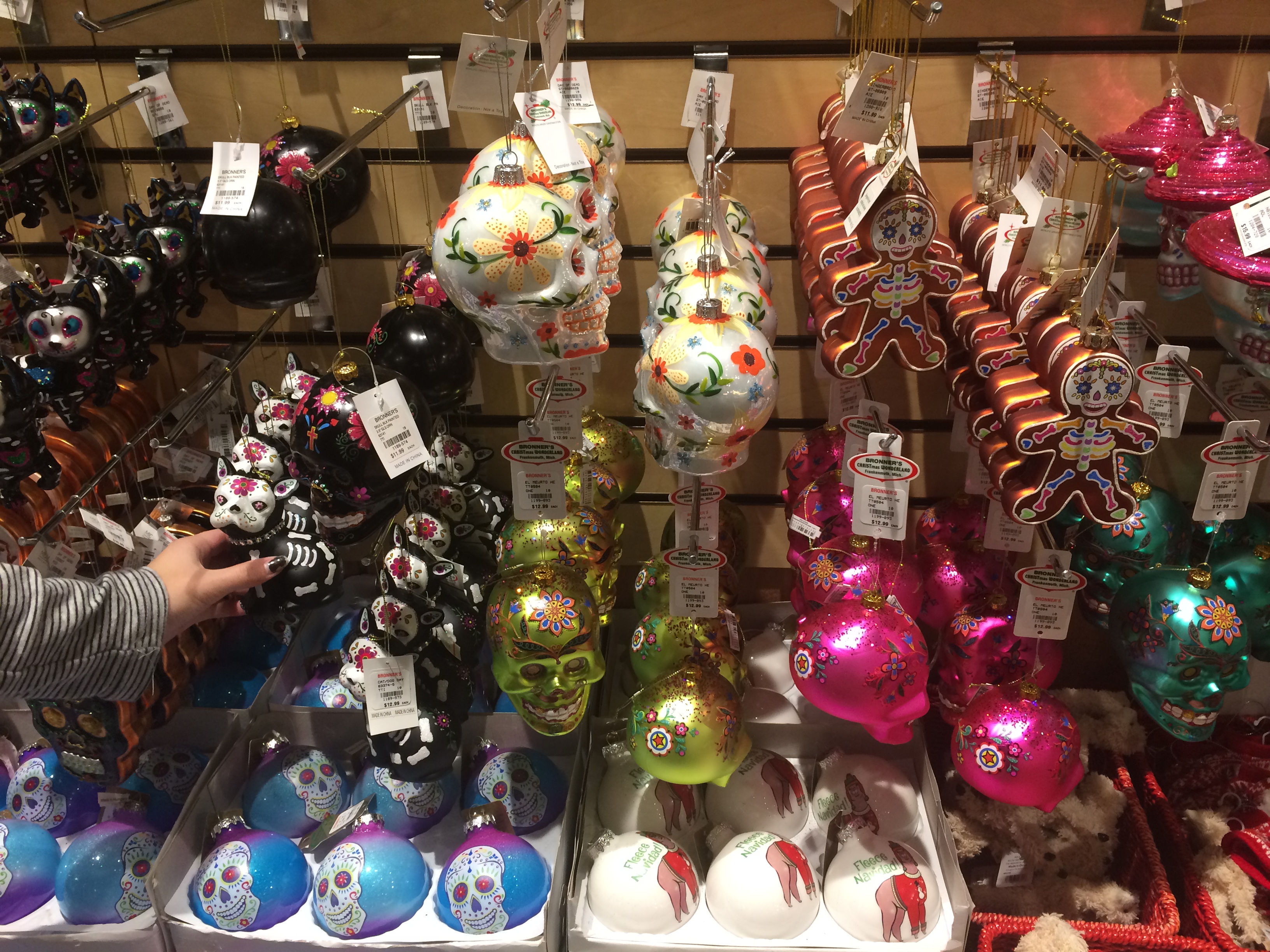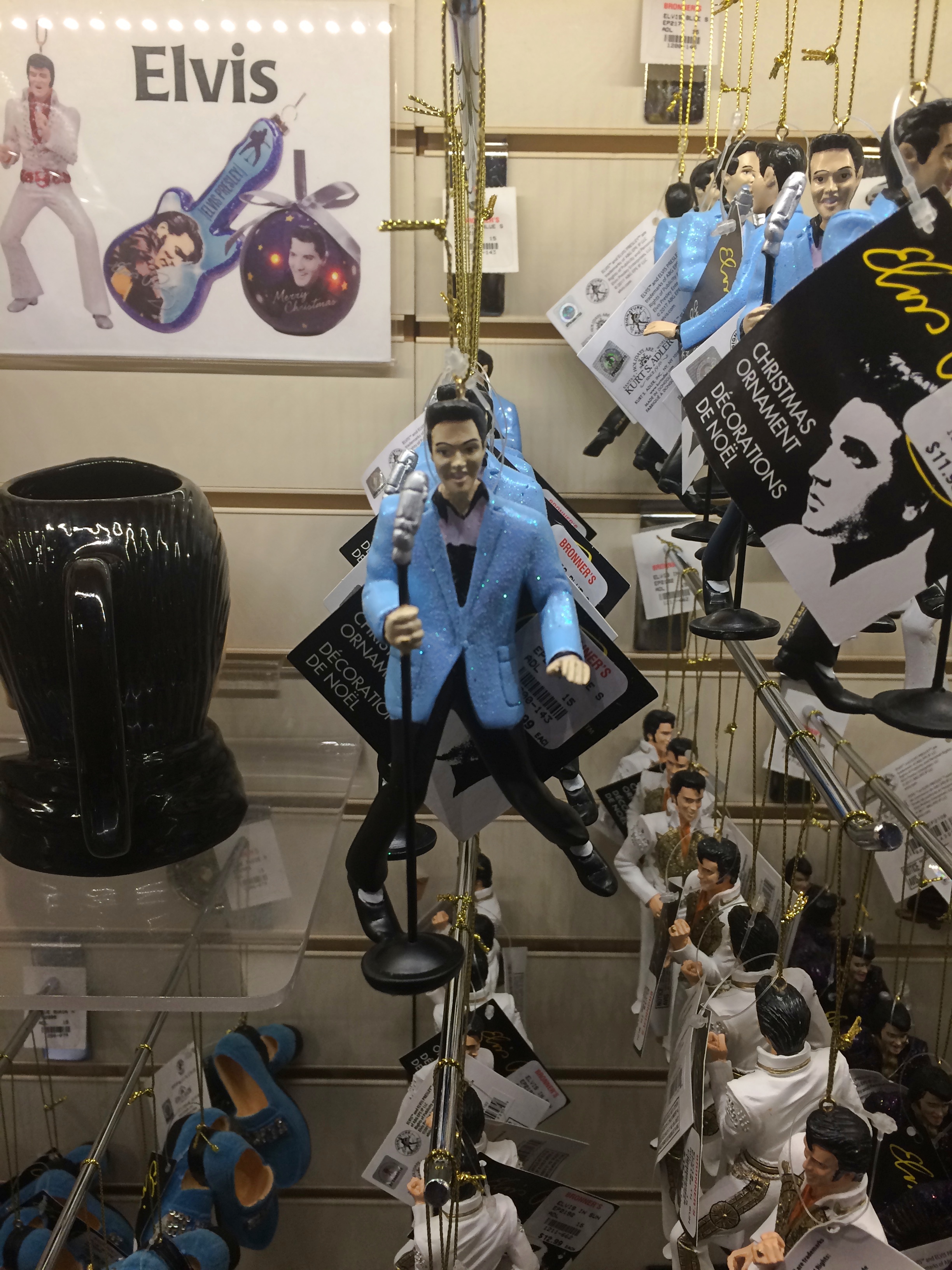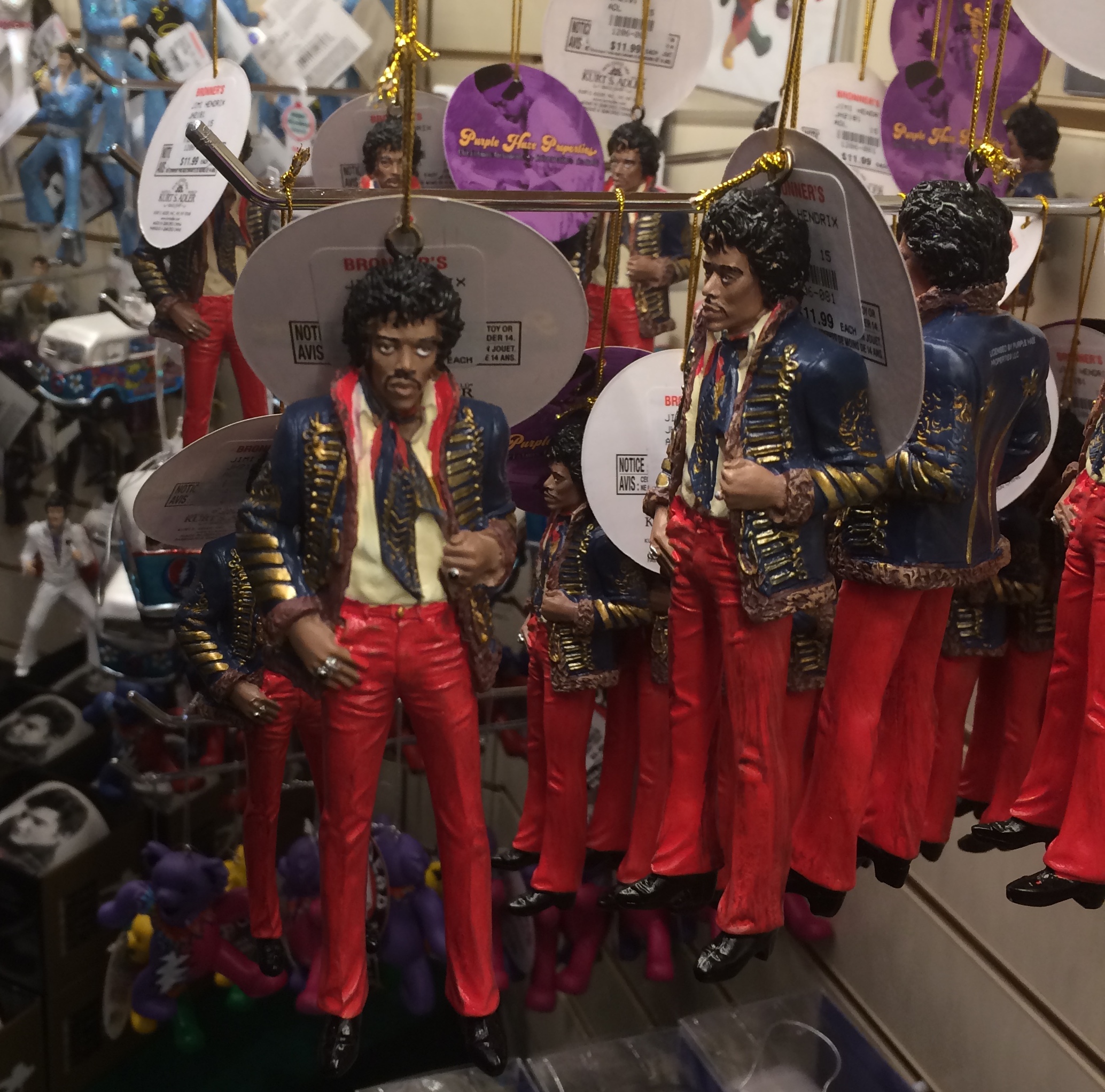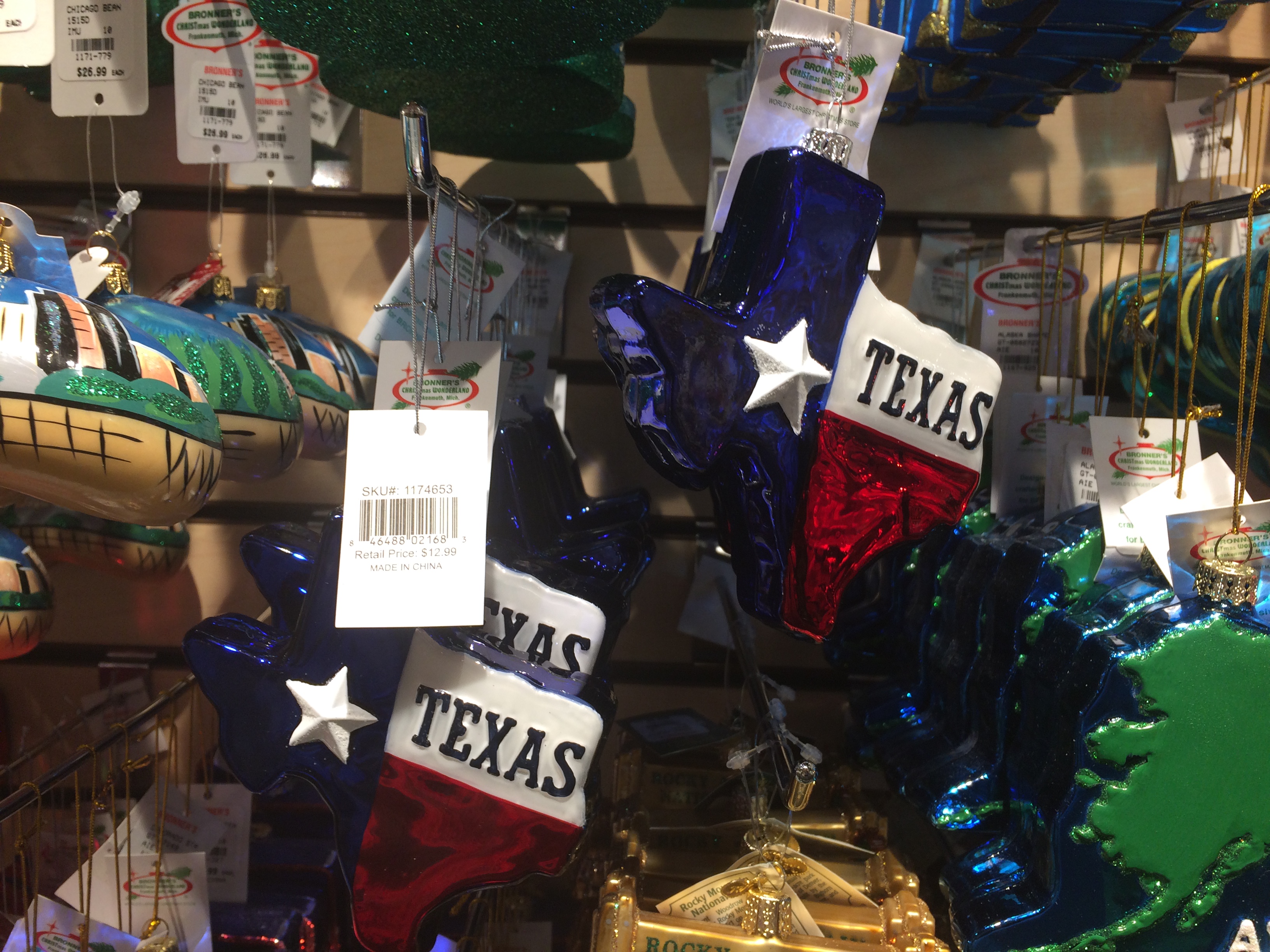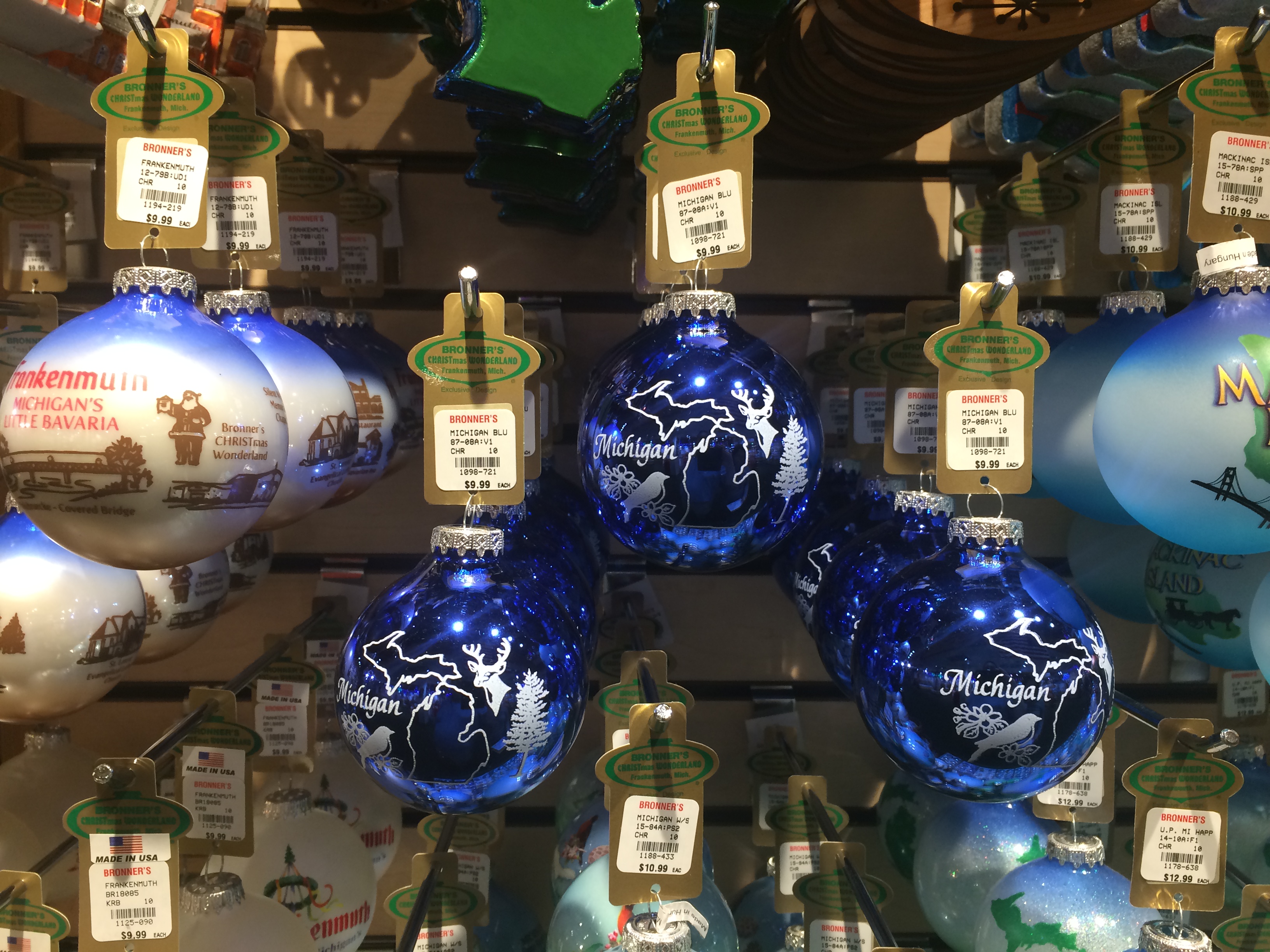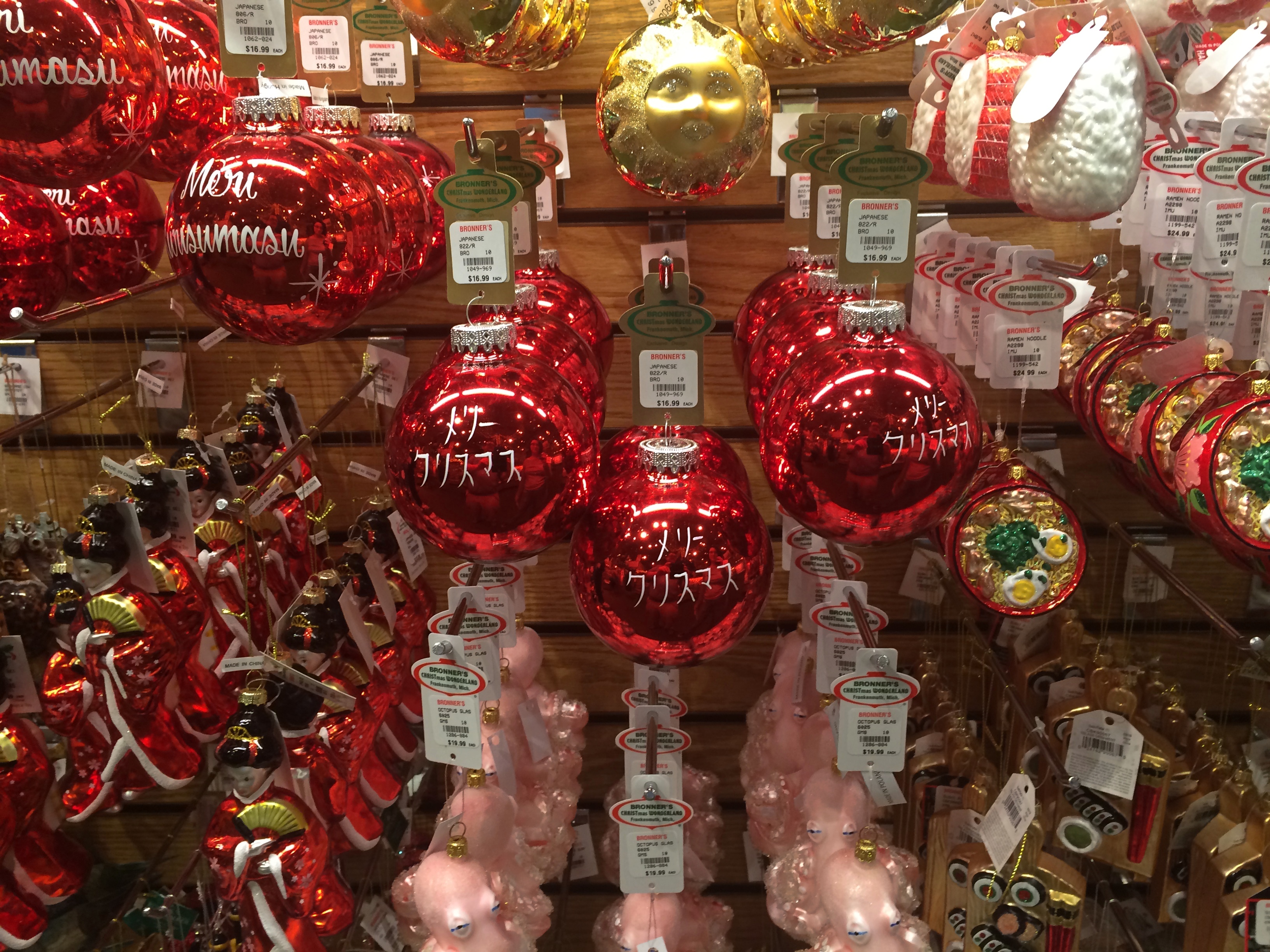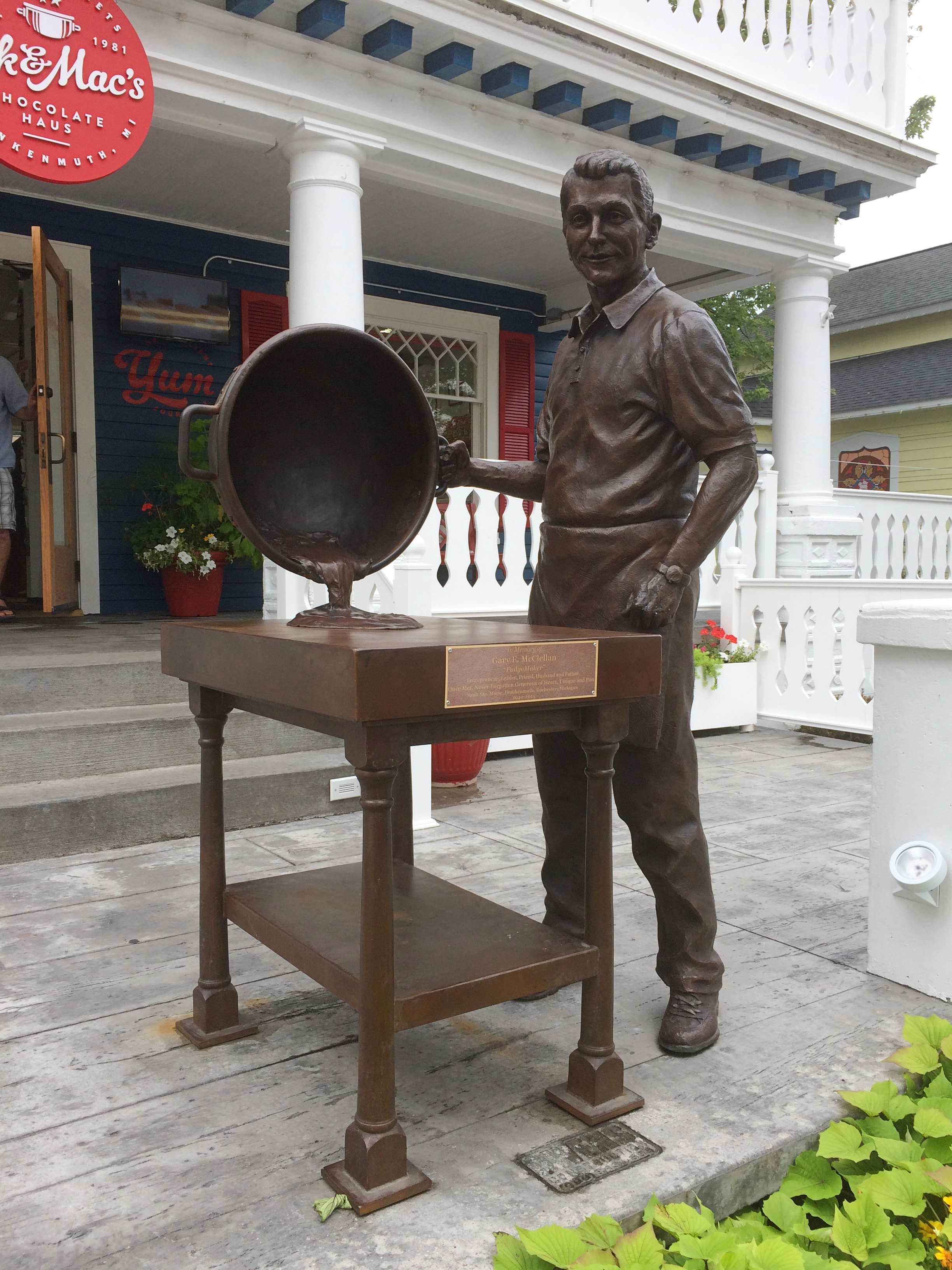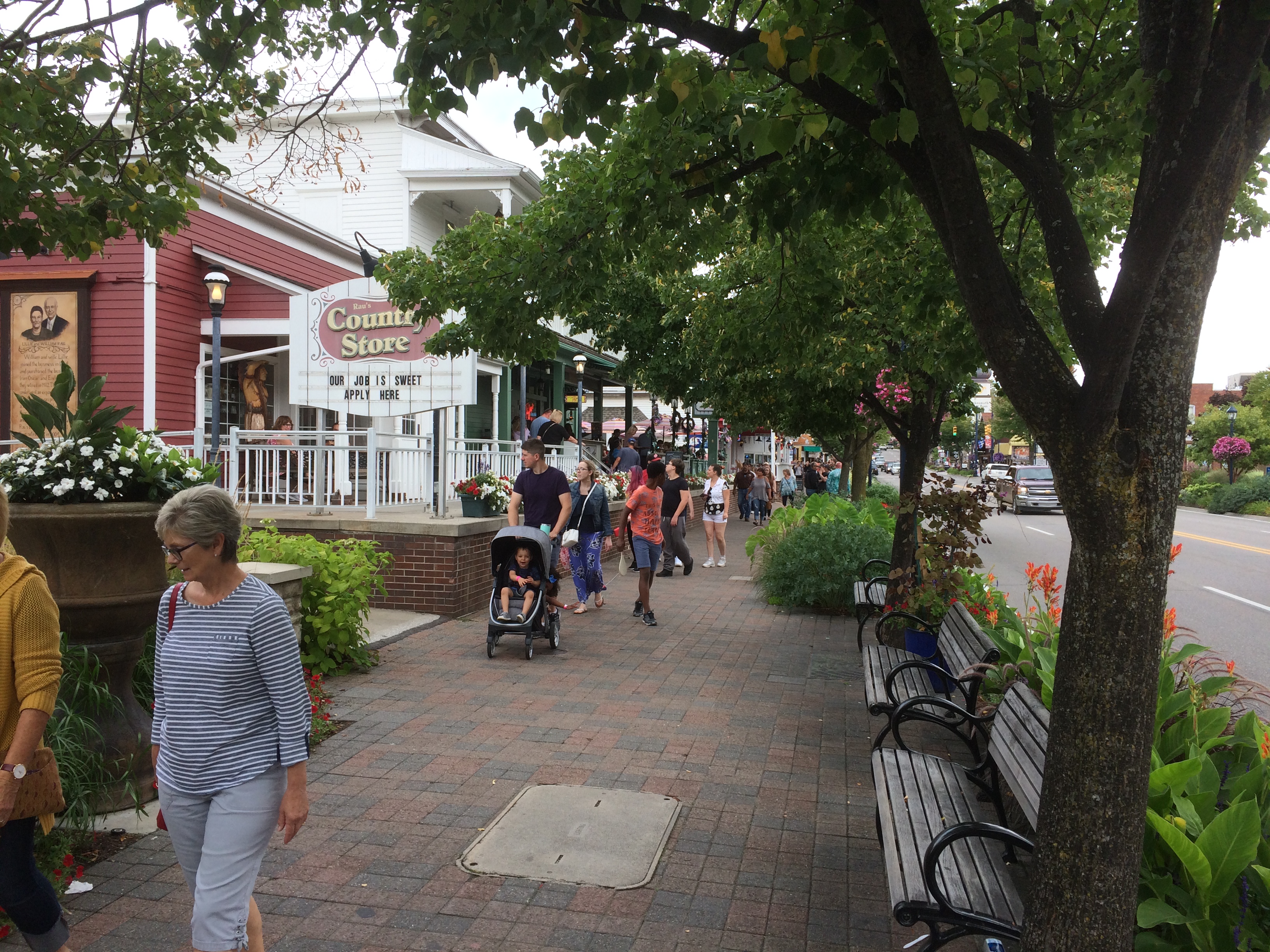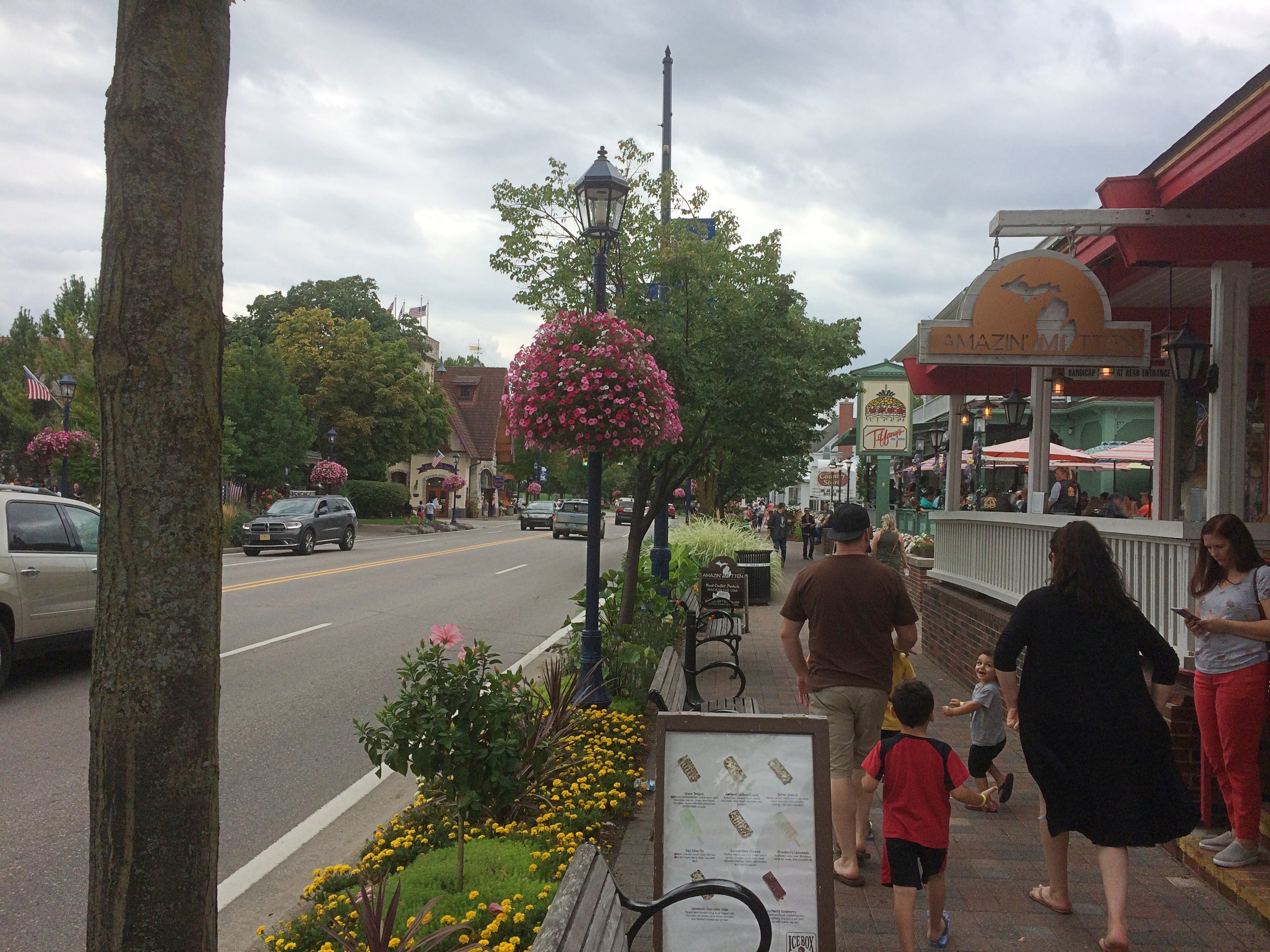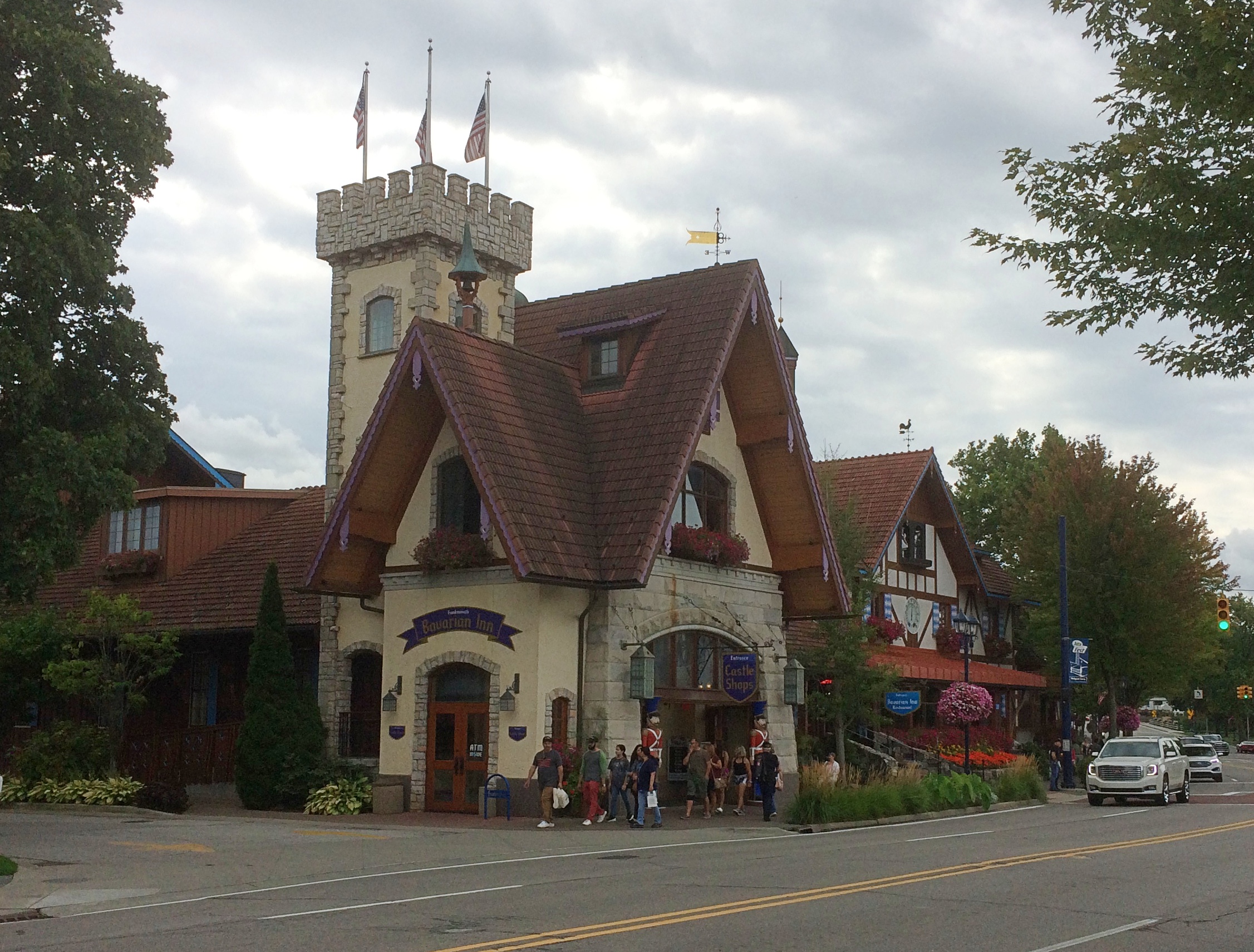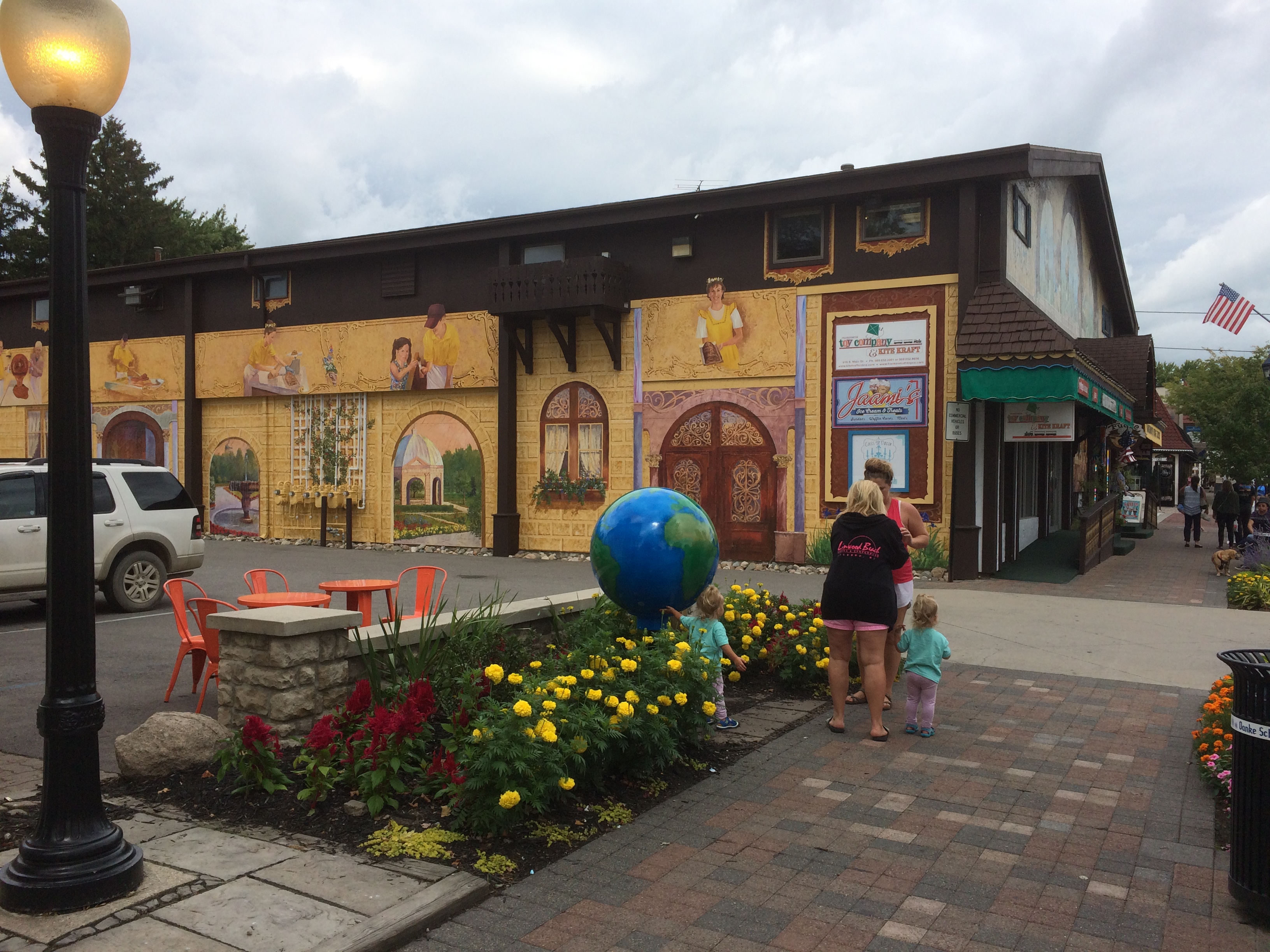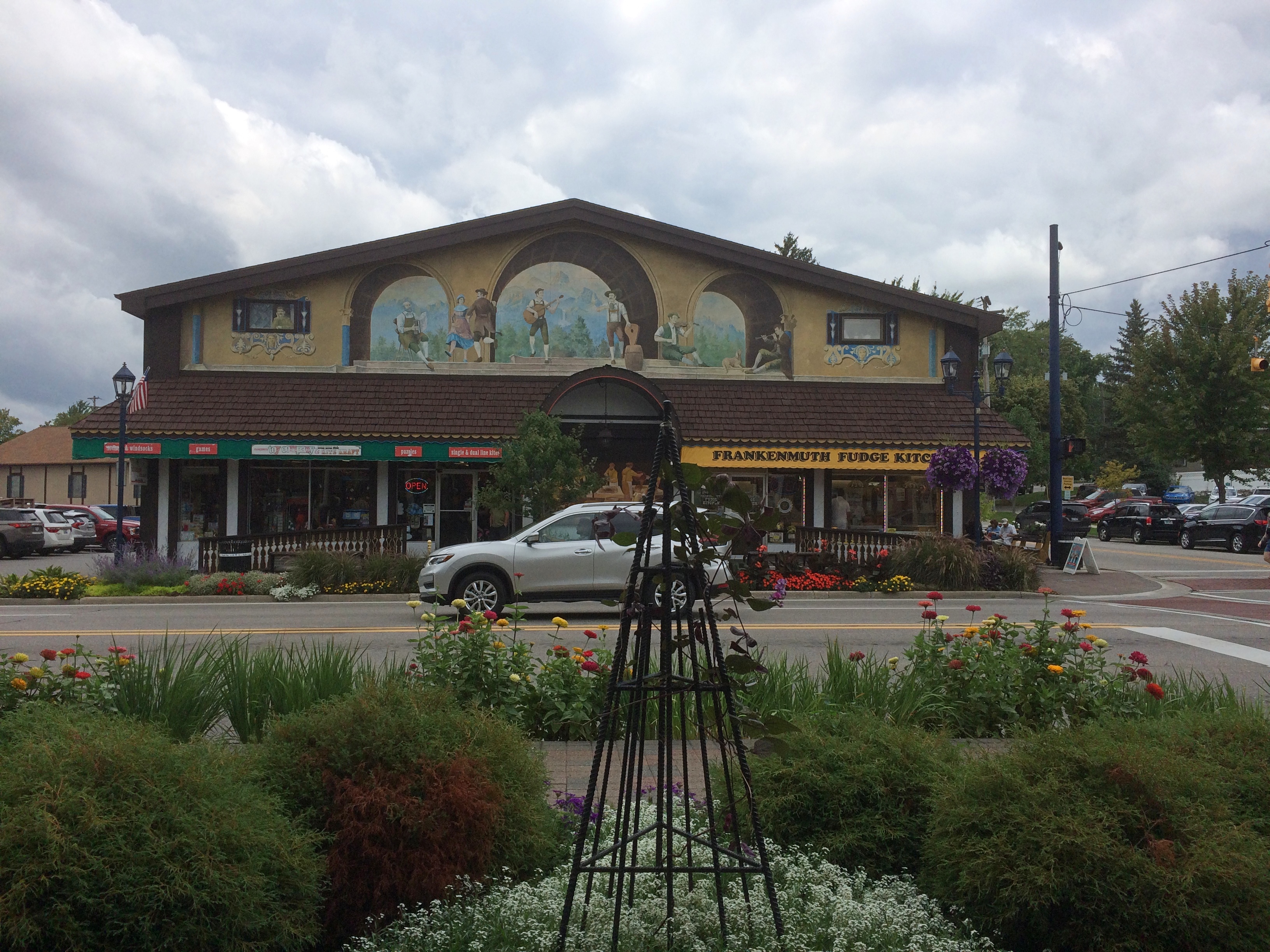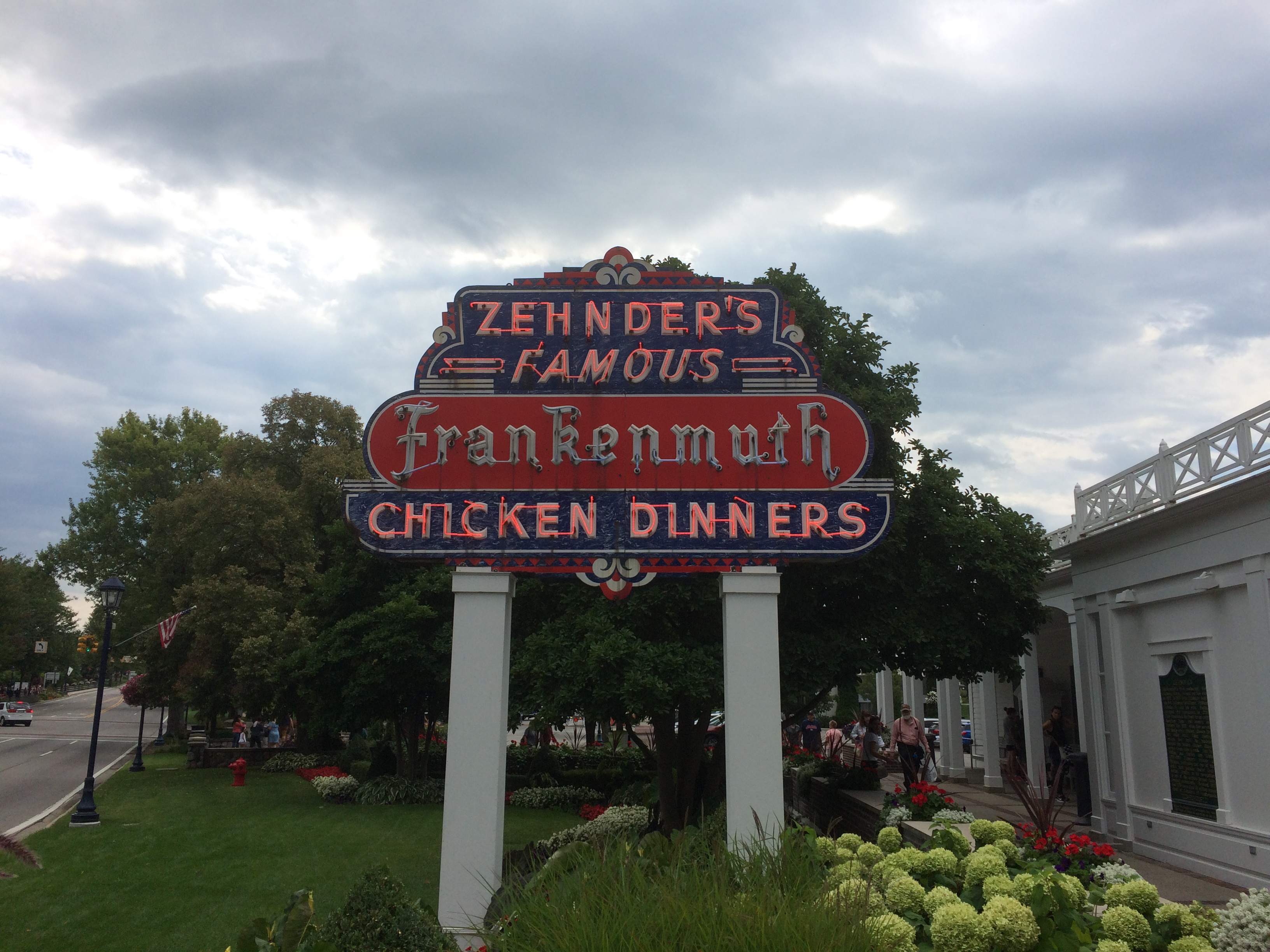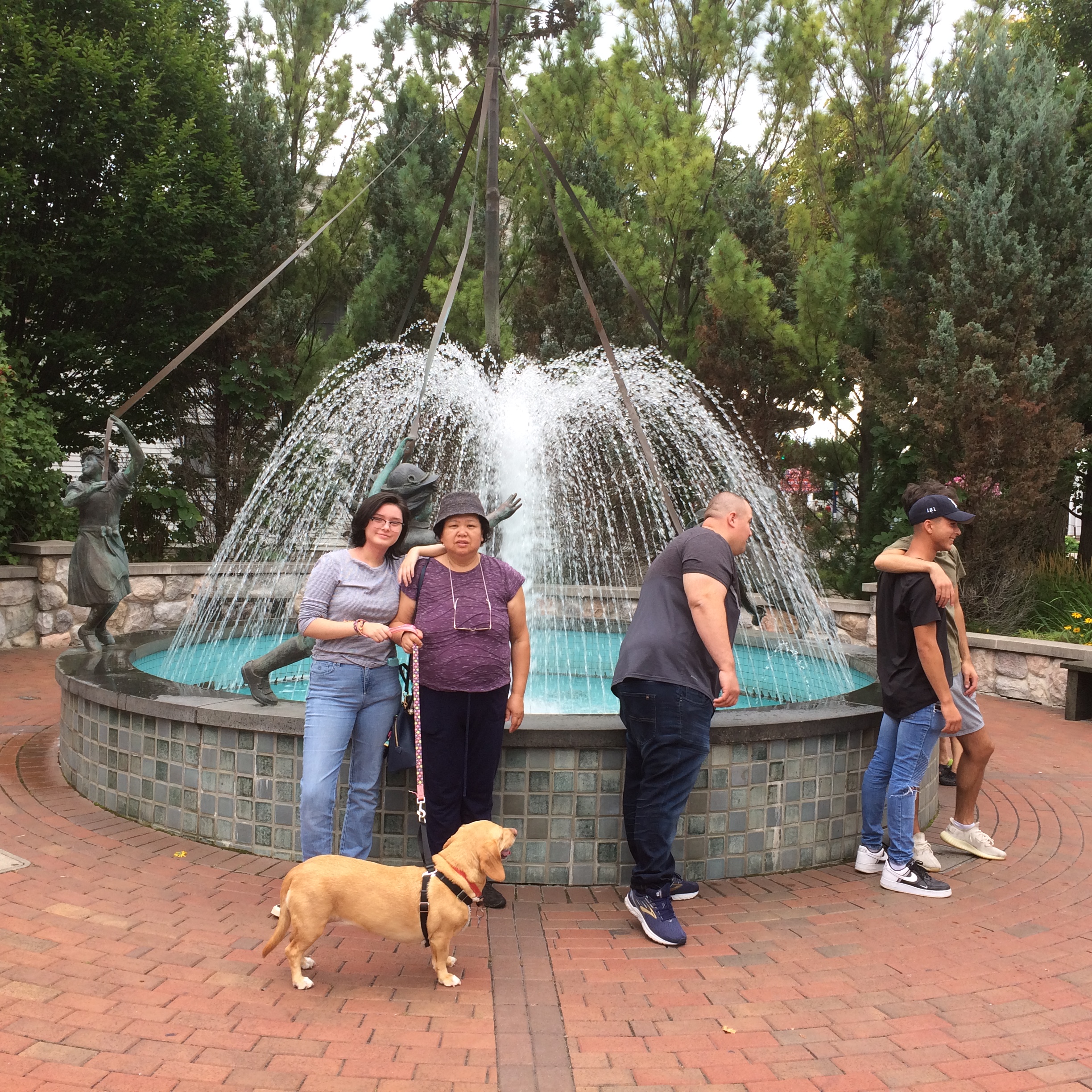Some time ago, I noticed that Ann not only had October 14 off — for Columbus Day, that barely there school and post office holiday — but the next day as well, one of those days on which the teachers come to school, but students don’t. According to the way I think, that meant an opportunity to go somewhere.
So on Friday, October 11, Ann and I flew to Richmond, Virginia, returning on the 15th, for what amounted to a U.S. history trip. Fitting for her especially, since she’s in an AP U.S. history class this year. Fitting for me, since the trip included destinations that I’ve wanted to visit for a long time, but never gotten around to.
On Saturday, we spent the day in Richmond — partly downtown, at Capitol Square, where we toured the Jefferson-designed capitol, and at the newly opened American Civil War Museum, which includes part of the ruins of the Tredeger Iron Works, cannon and locomotive maker of the Confederacy.
Navigating downtown Richmond in a car proved to be pain in the ass, with its high volume of traffic, limited parking and numerous one-way streets. Every other street seemed partially blocked by construction, either of buildings or the street itself. Also, the Richmond Folk Festival was that weekend — and a lot of folks showed up for it, crowding the area near the riverfront, where the American Civil War Museum happens to be.
Downtown, as seen from the steep banks of the James River.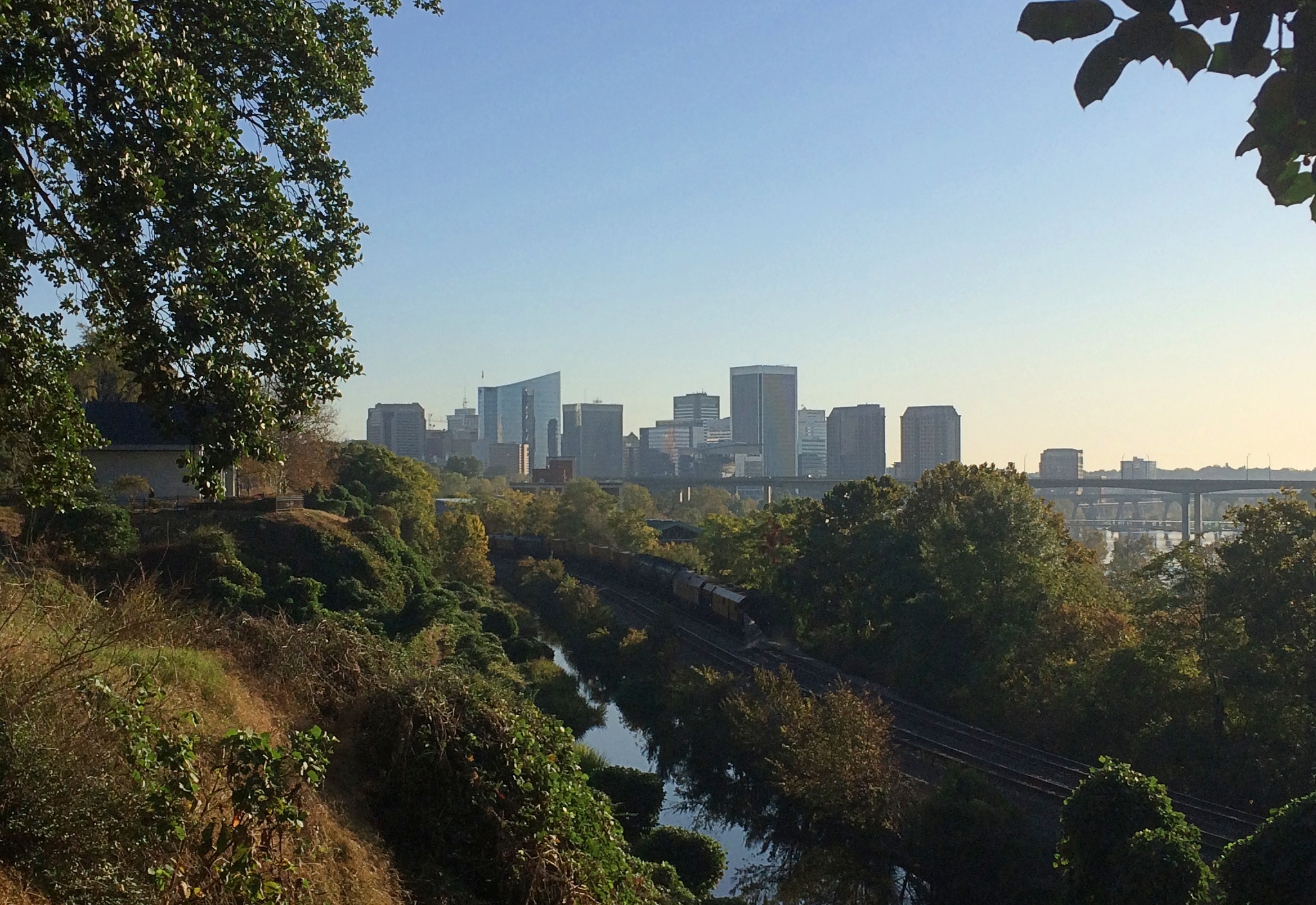
Despite traffic snarls, Richmond struck me as an interesting city, full of life in the present and echoes of its storied past. A day wasn’t nearly enough, but there were other places we wanted to see in Virginia.
On Sunday, we drove to Charlottesville, with Monticello as the main destination. For Ann, a completely new experience. For me, a second visit. But the first time was in 1988, so I’d forgotten a lot. And some things have changed there.
We also visited the University of Virginia that day, which I didn’t do more than 30 years ago (not sure why not). See one famed Jefferson site, best to see another close by. Closer than I realized: from Monticello you can just see the white dome of the Rotunda, the school’s most famous structure.
On the third day, technically Columbus Day Observed, we drove the other direction from Richmond to Williamsburg. More specifically, Colonial Williamsburg, the open-air museum of large scale and ambition, an odd amalgam of past and present.
There’s a lot to Colonial Williamsburg, including structures and displays and artifacts and craft demonstrations, but also programs by reenactors. The high point of the visit was one such, held at a reconstructed 18th-century tavern and featuring the Marquis de Lafayette and James Armistead Lafayette.
Afterward, they were willing to pose for pictures.
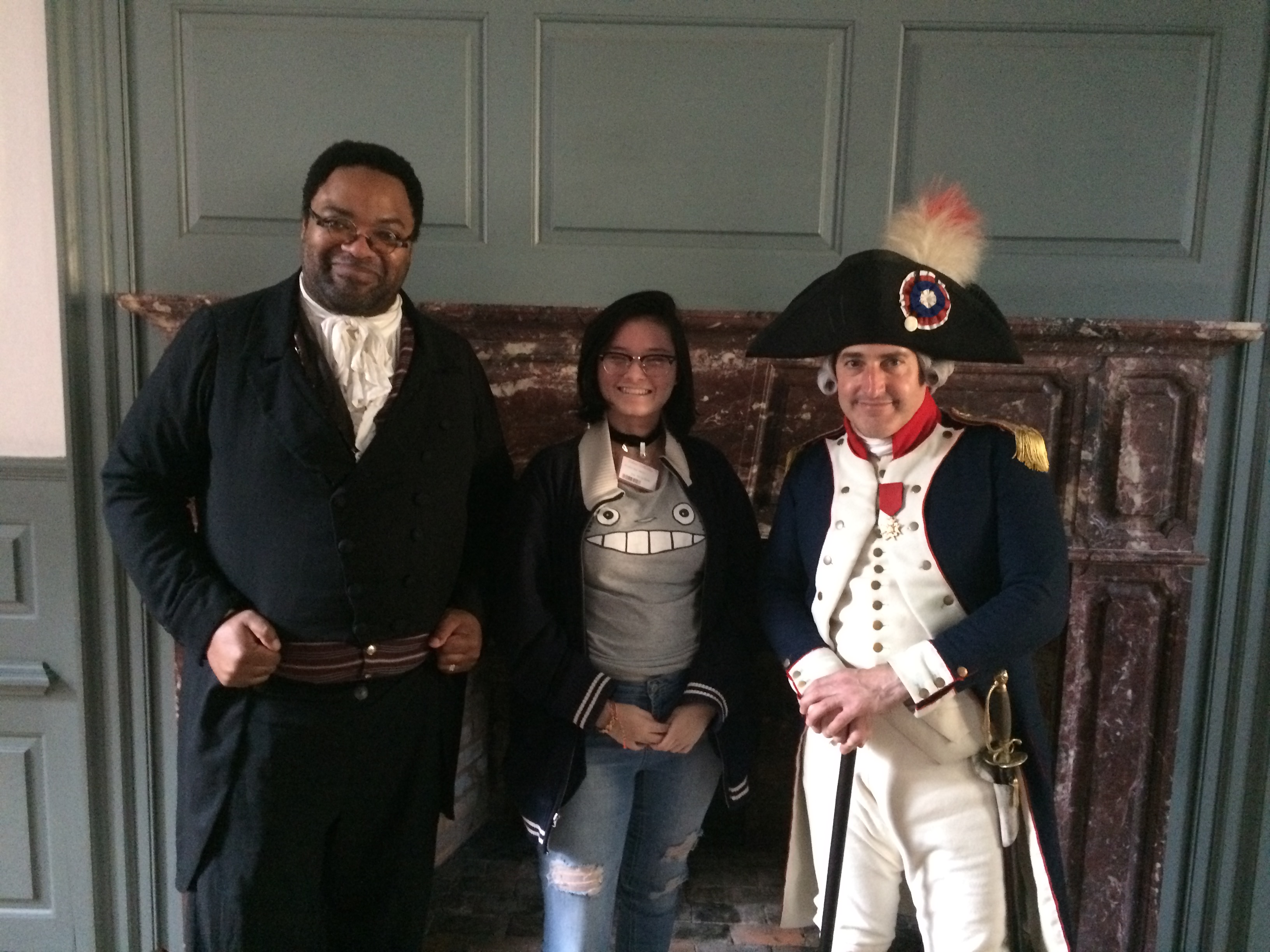 On October 15, we flew home in the afternoon. In the morning, I drove by myself to a place I’ve wanted to visit for years, the Hollywood Cemetery in Richmond, a stunningly beautiful cemetery perched on a hillside above the James River, populated by numerous historic figures.
On October 15, we flew home in the afternoon. In the morning, I drove by myself to a place I’ve wanted to visit for years, the Hollywood Cemetery in Richmond, a stunningly beautiful cemetery perched on a hillside above the James River, populated by numerous historic figures.
After Ann woke up and we checked out of our room, we visited one last spot in Richmond: the Edgar Allan Poe Museum, small but compelling, managing to convey the misery of his life and the legacy of his art.
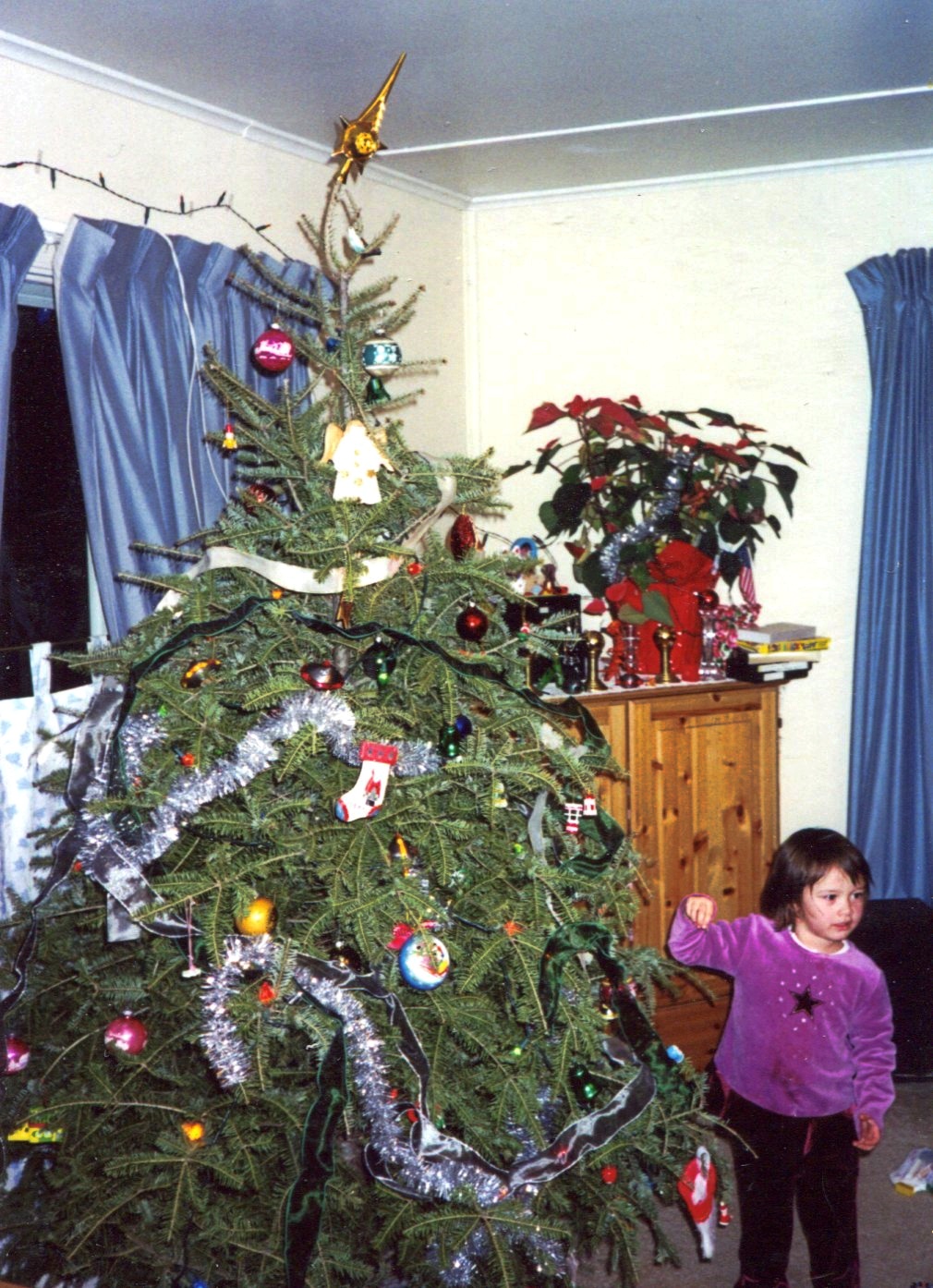 One of the Christmases in the western suburbs.
One of the Christmases in the western suburbs.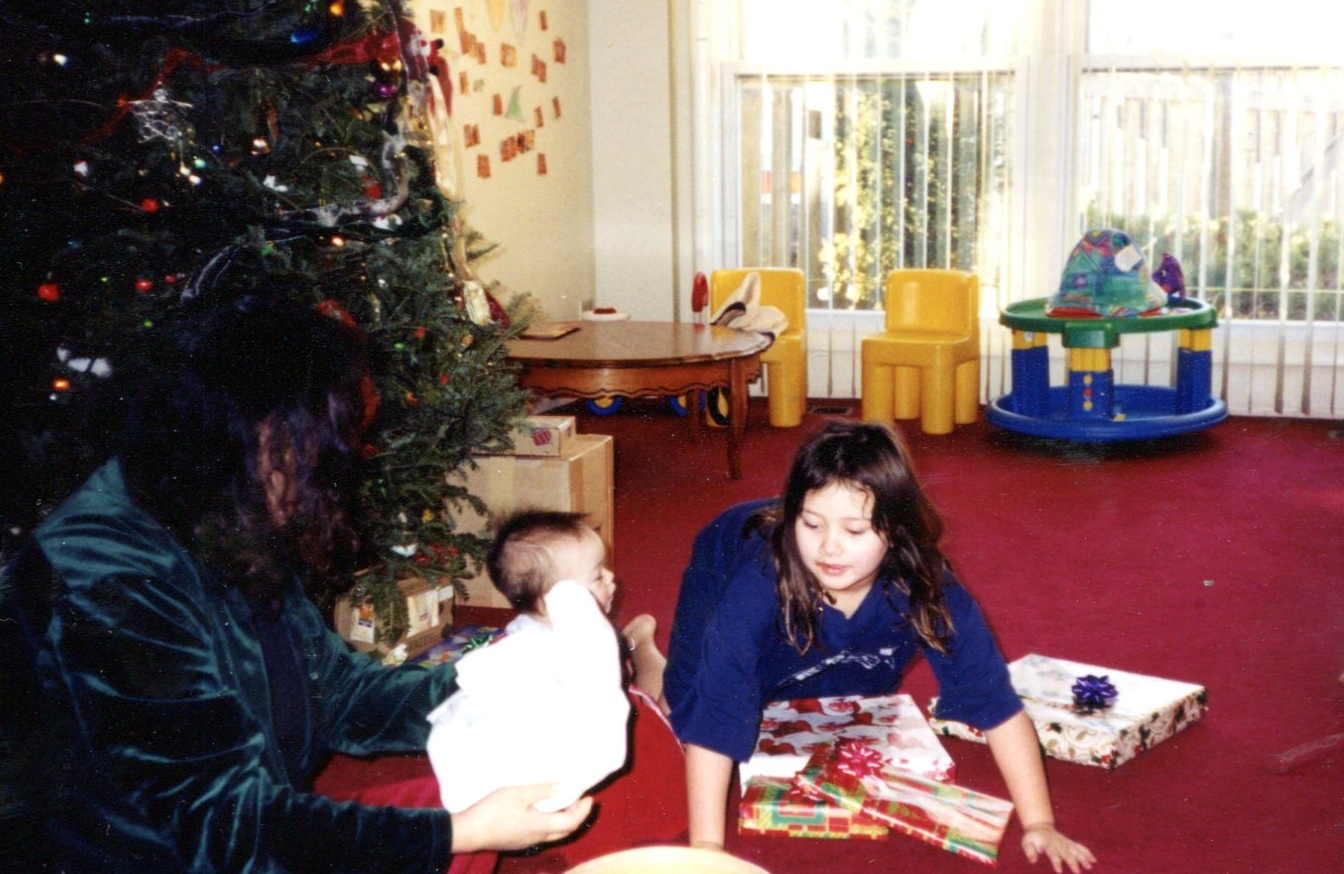 First Christmas in the northwestern suburbs, and first one for Ann.
First Christmas in the northwestern suburbs, and first one for Ann.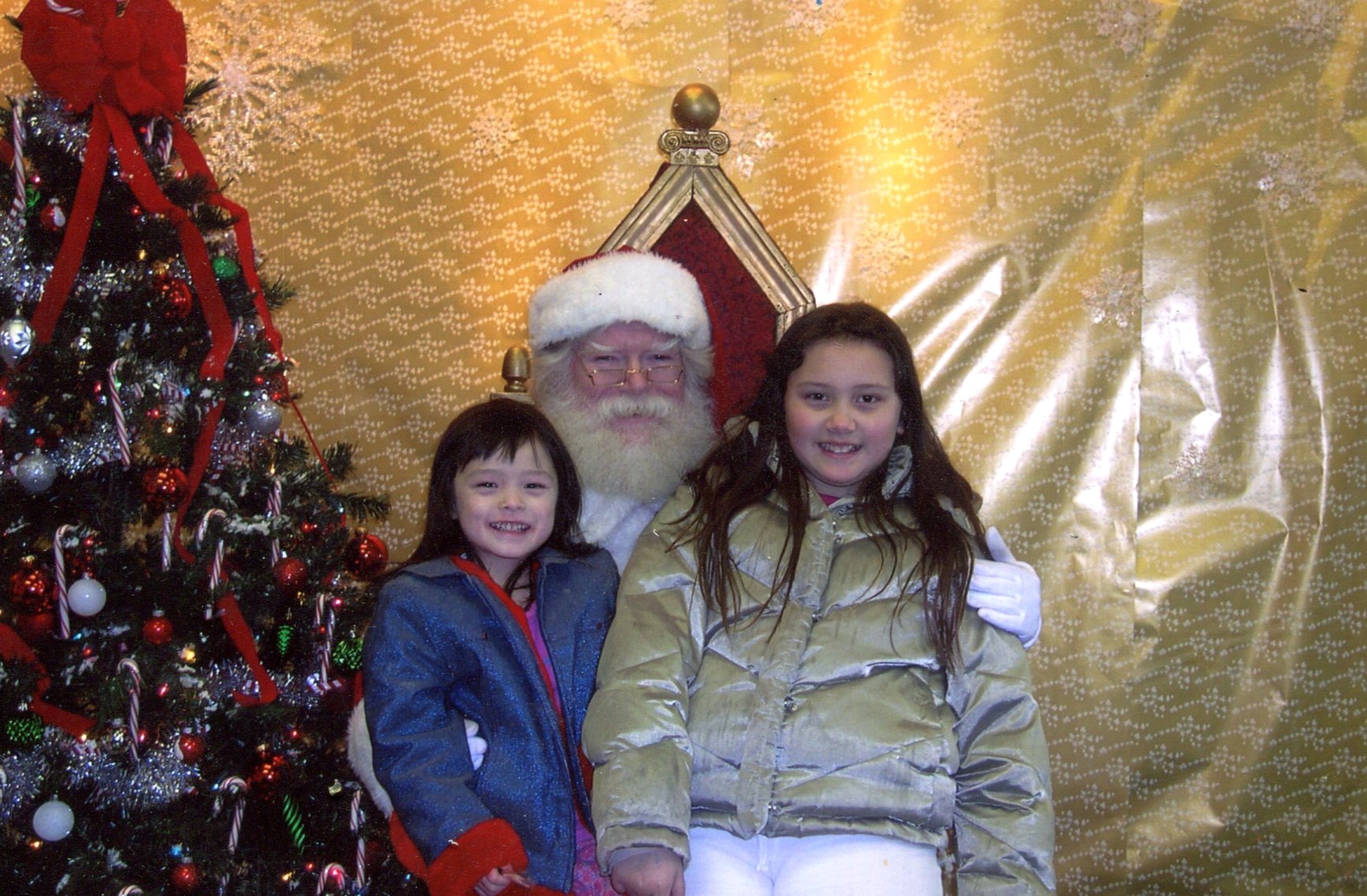 Ann and Lilly with a Santa Claus — maybe the one who used to appear at the office of the Realtor who sold us our house. That’s pretty much a Realtor sort of thing to do for the holidays. By this time, Ann was learning about the jolly old elf; and Lilly had given up on literal Santa, but was game enough to visit with her sister.
Ann and Lilly with a Santa Claus — maybe the one who used to appear at the office of the Realtor who sold us our house. That’s pretty much a Realtor sort of thing to do for the holidays. By this time, Ann was learning about the jolly old elf; and Lilly had given up on literal Santa, but was game enough to visit with her sister.